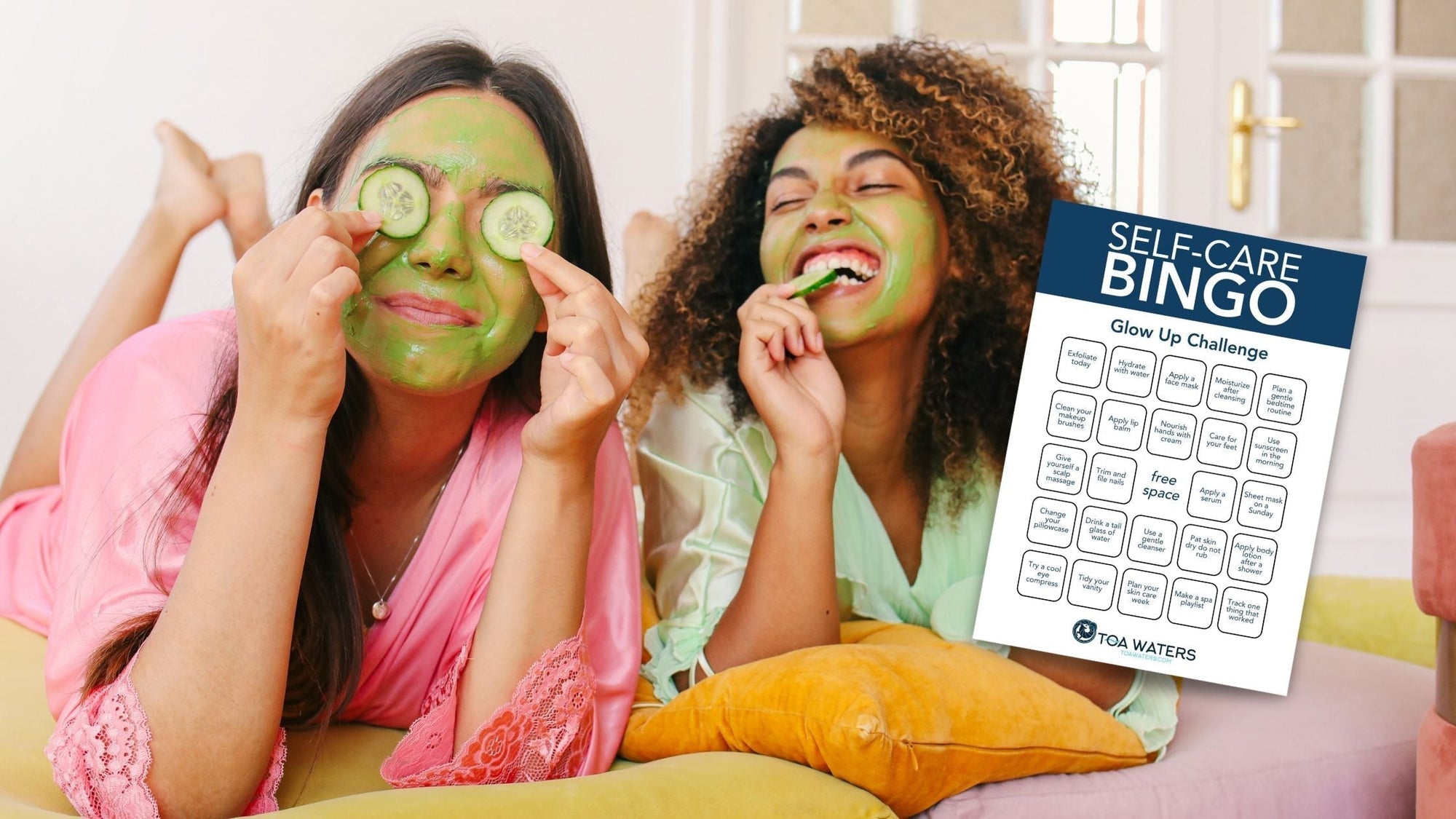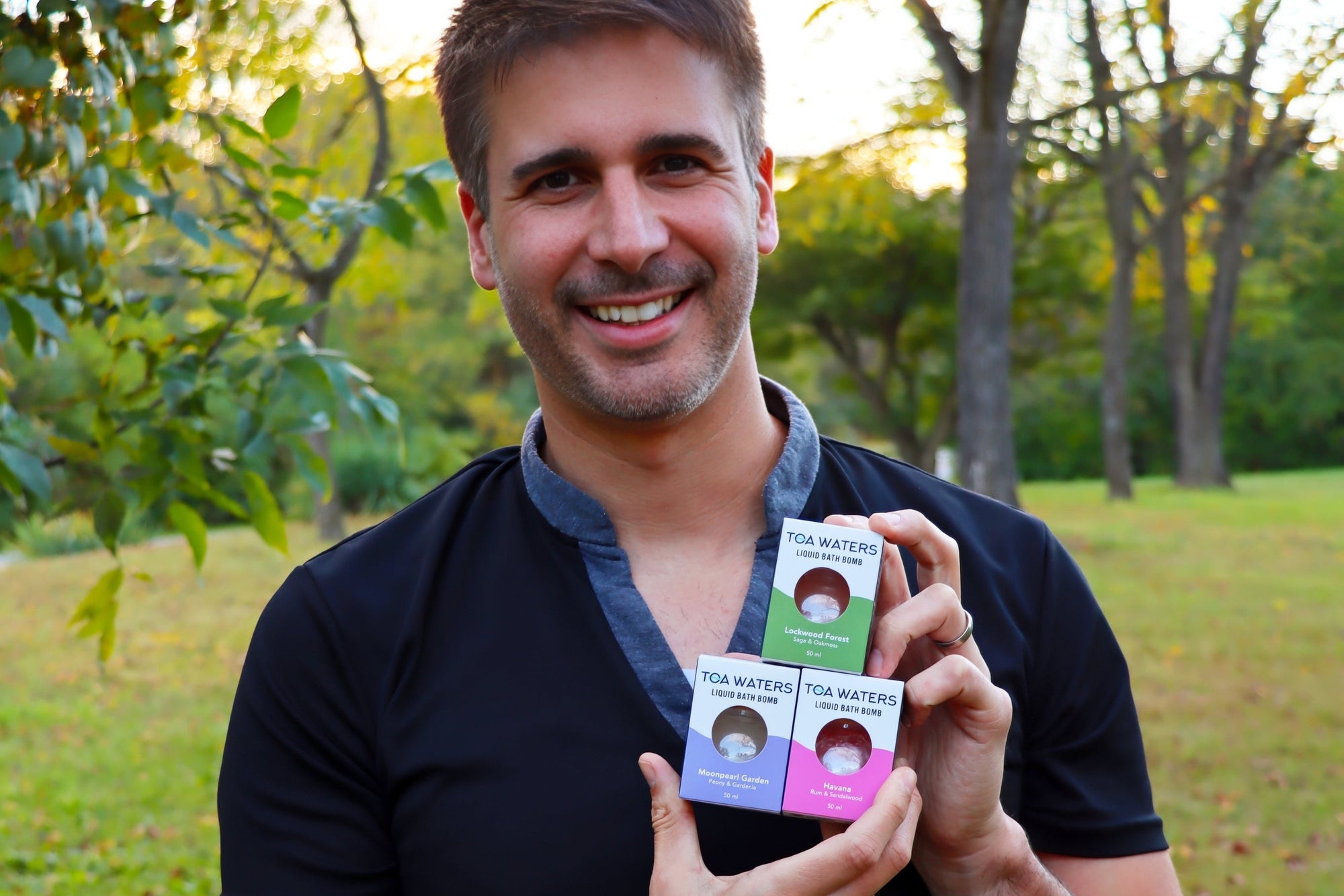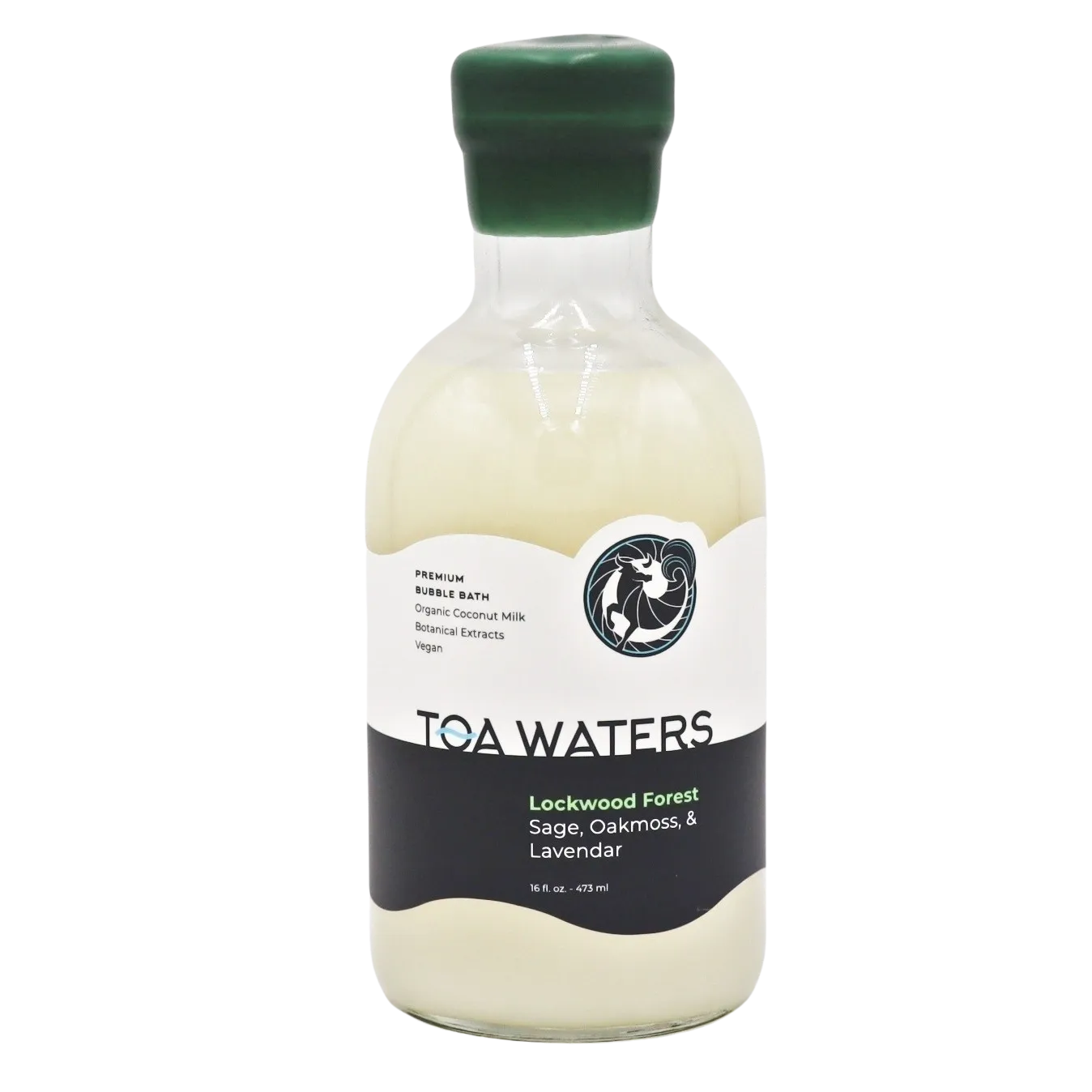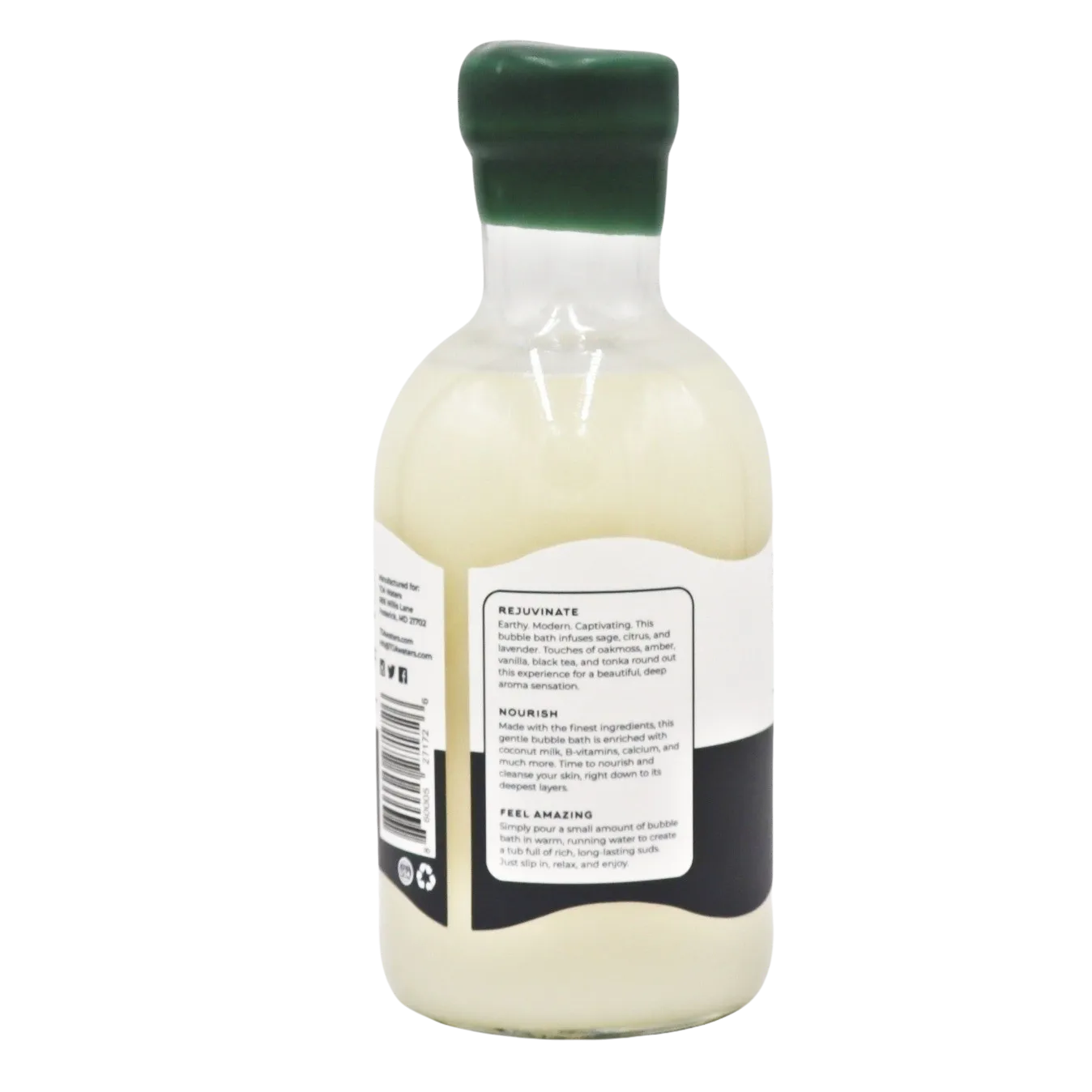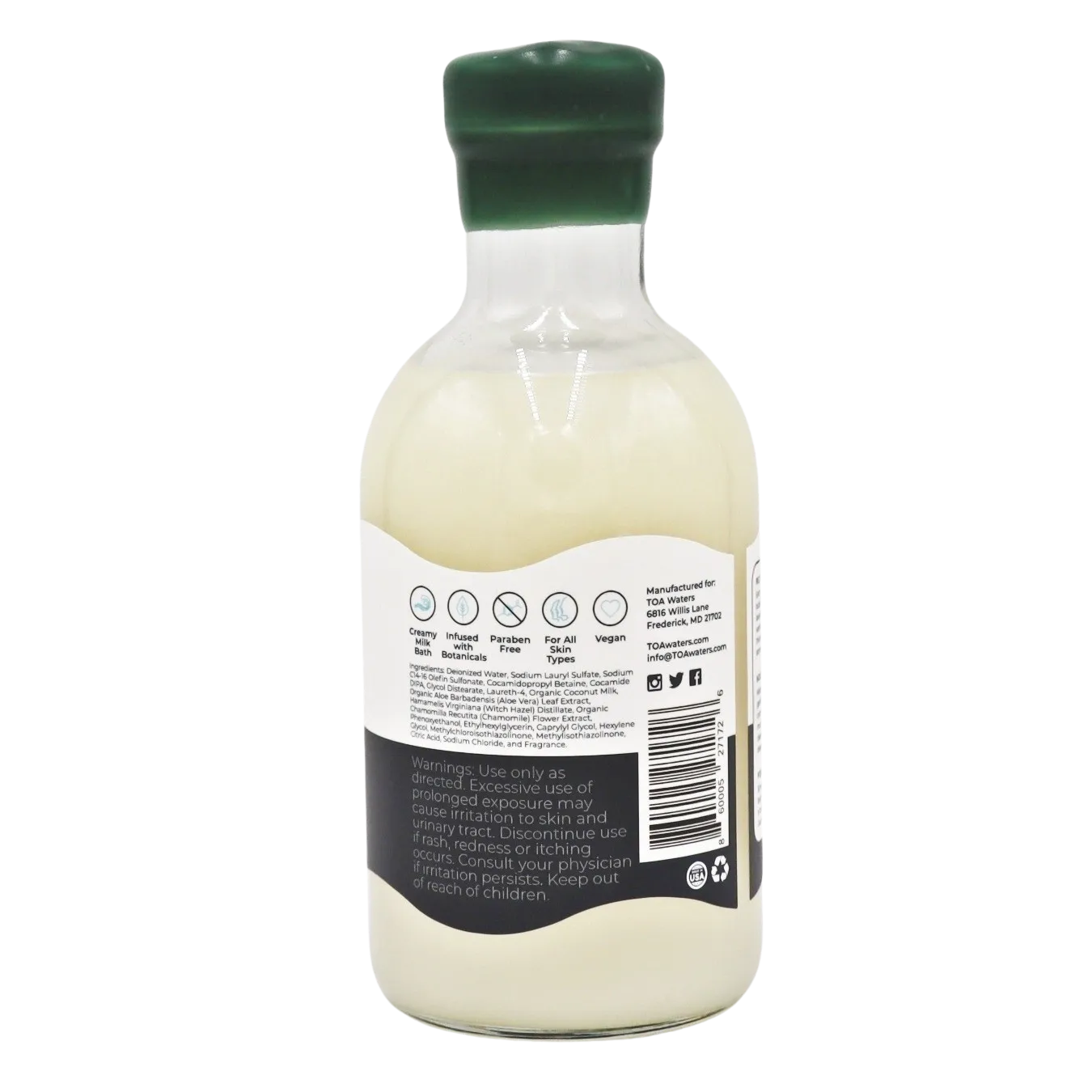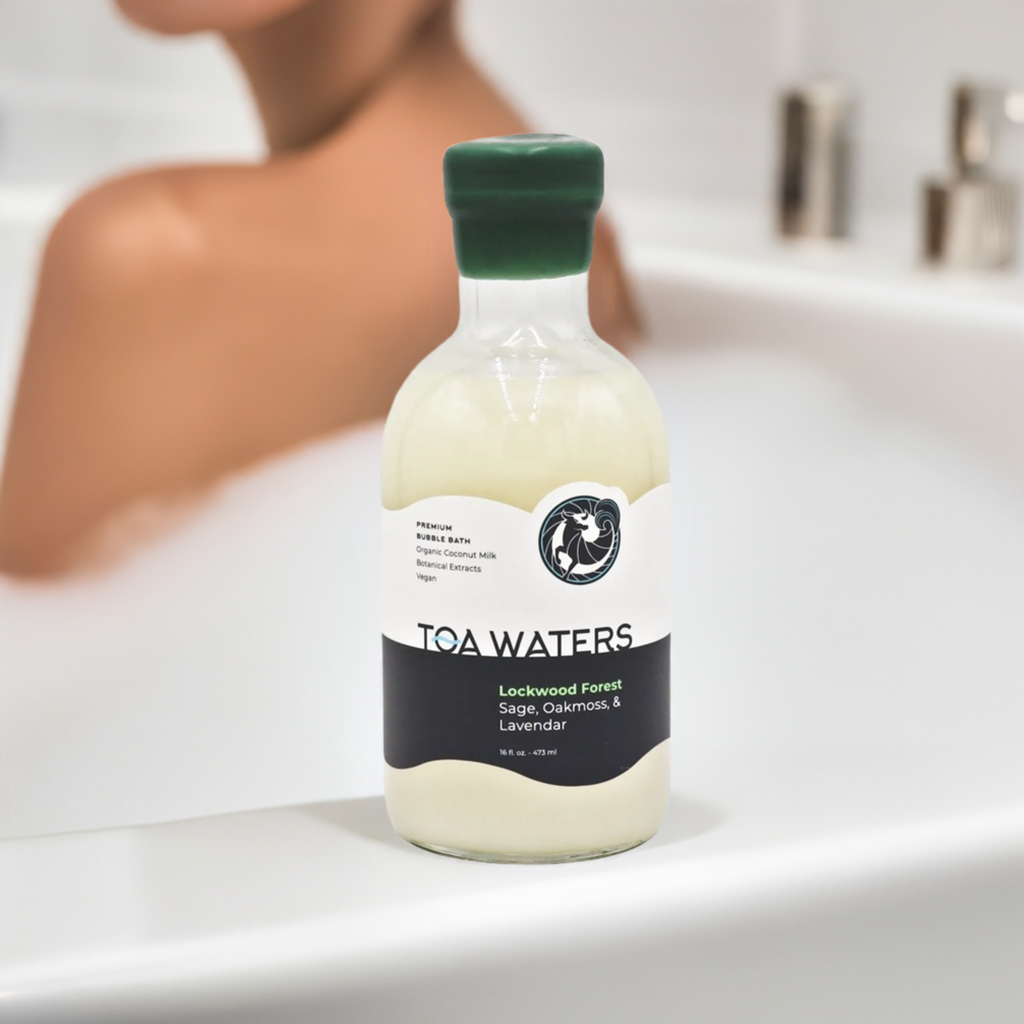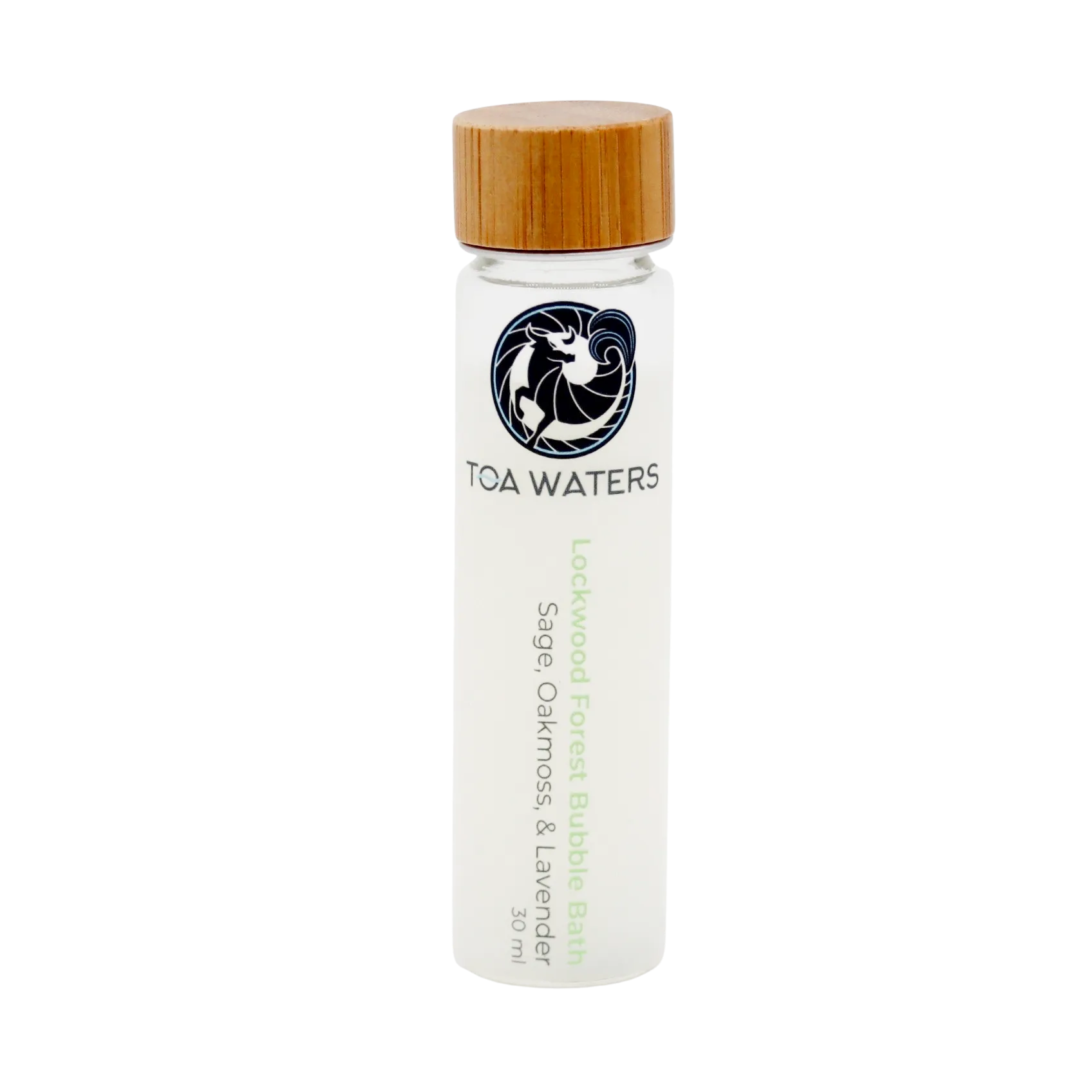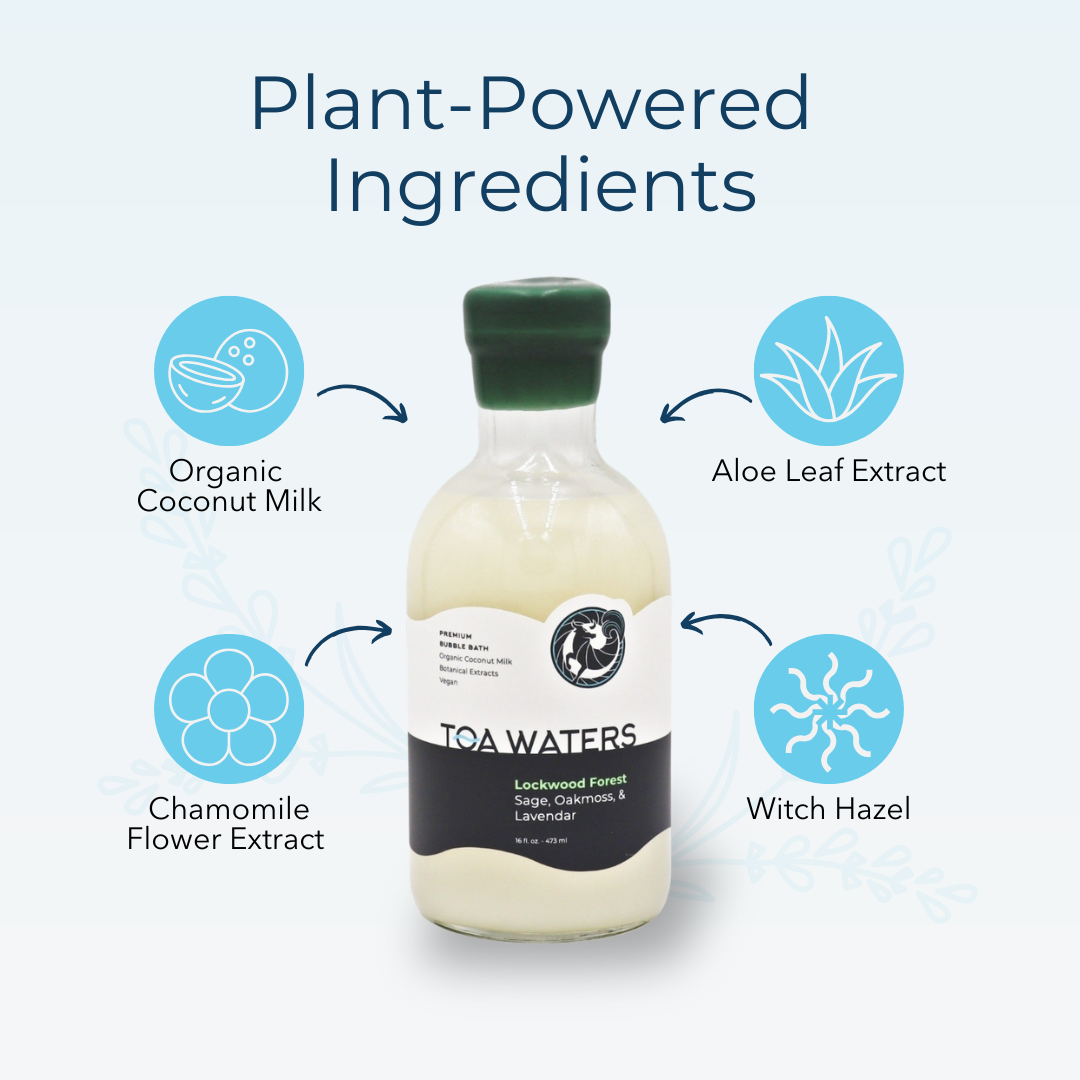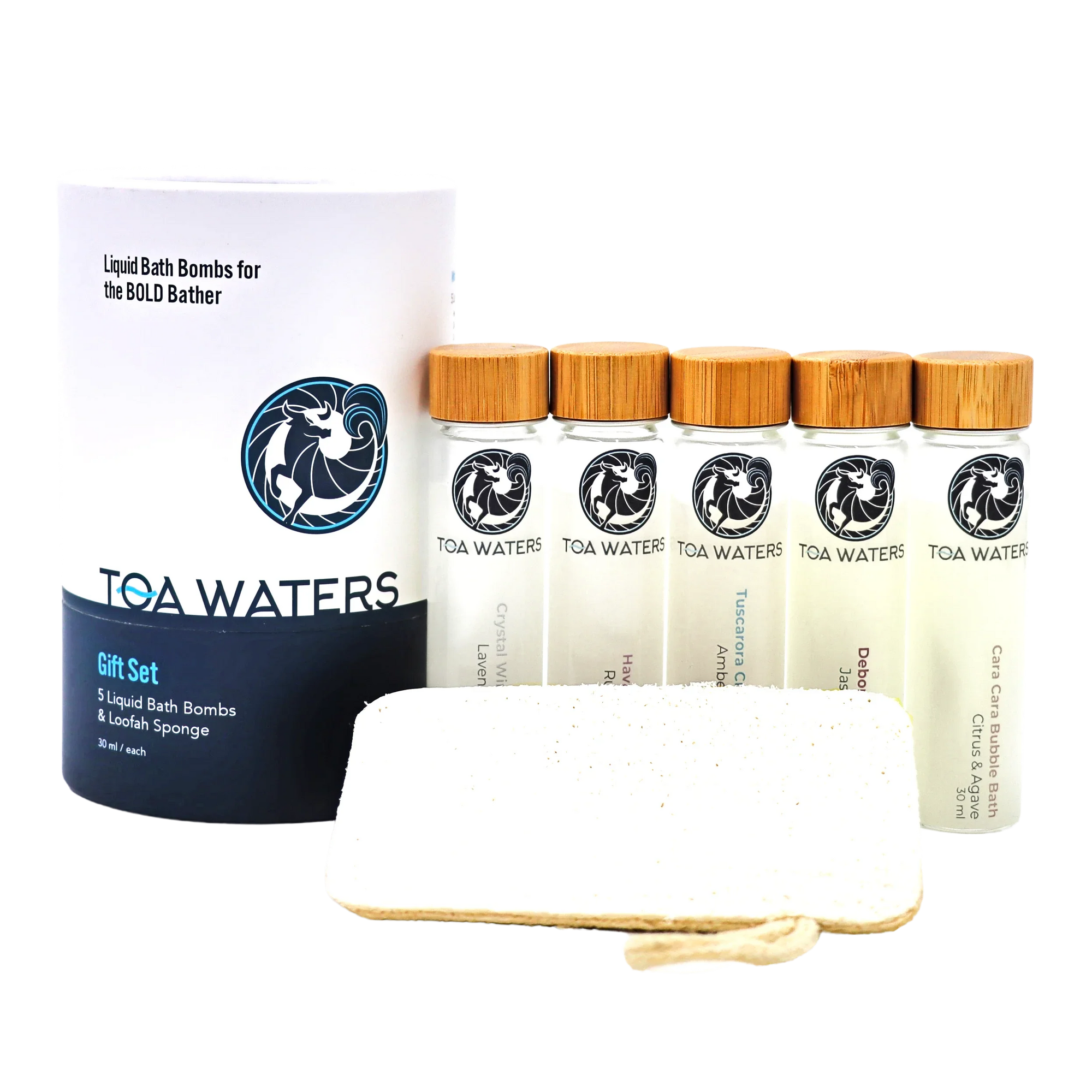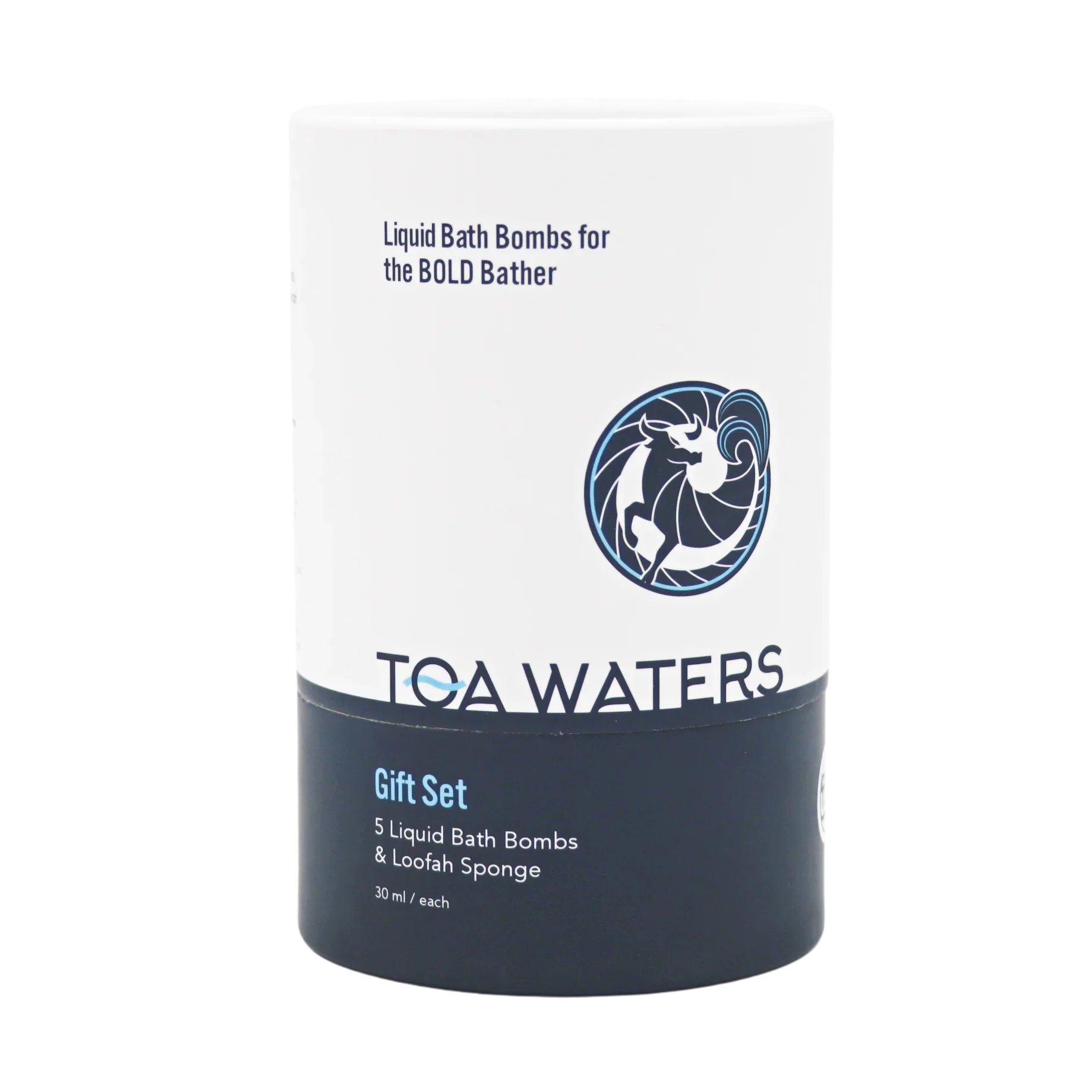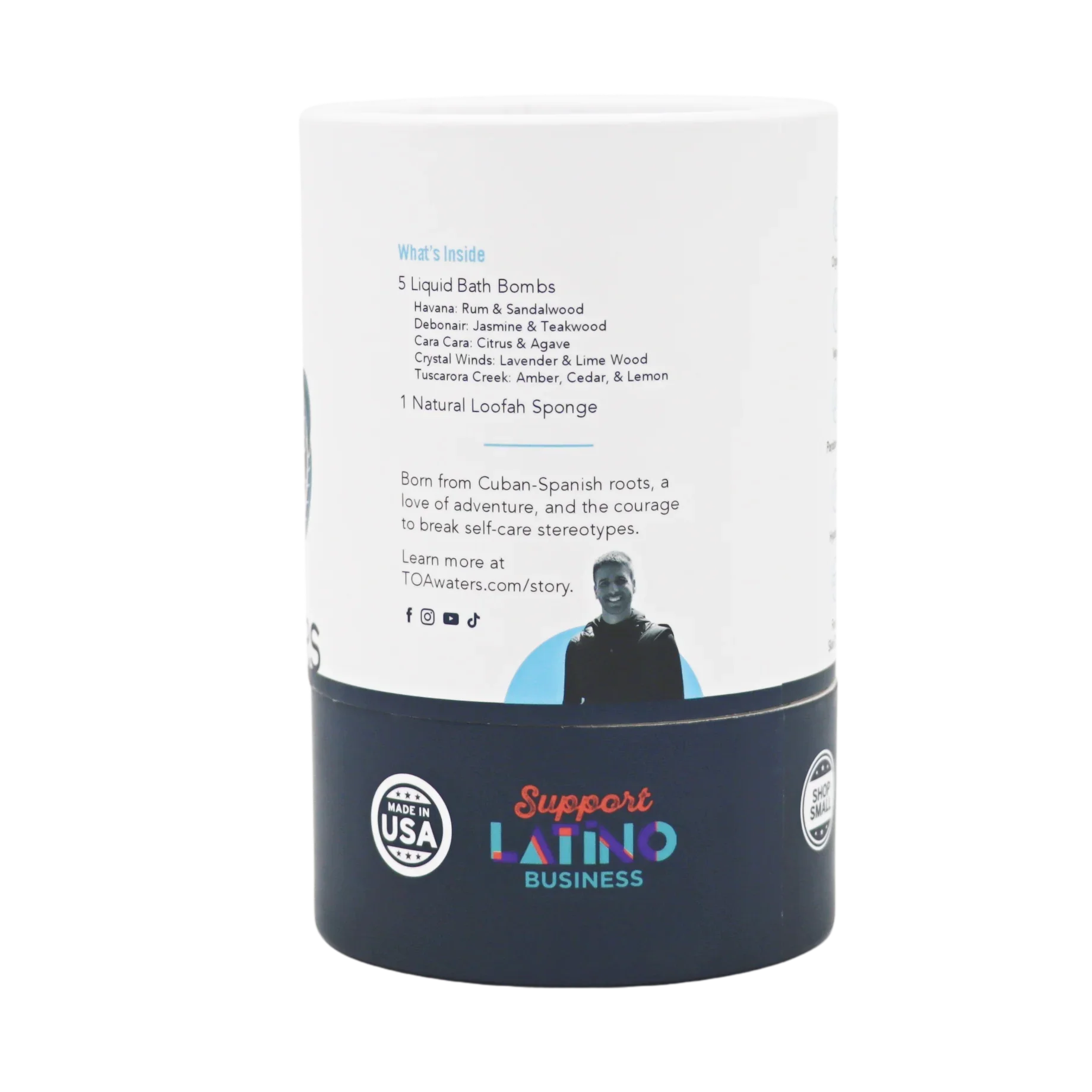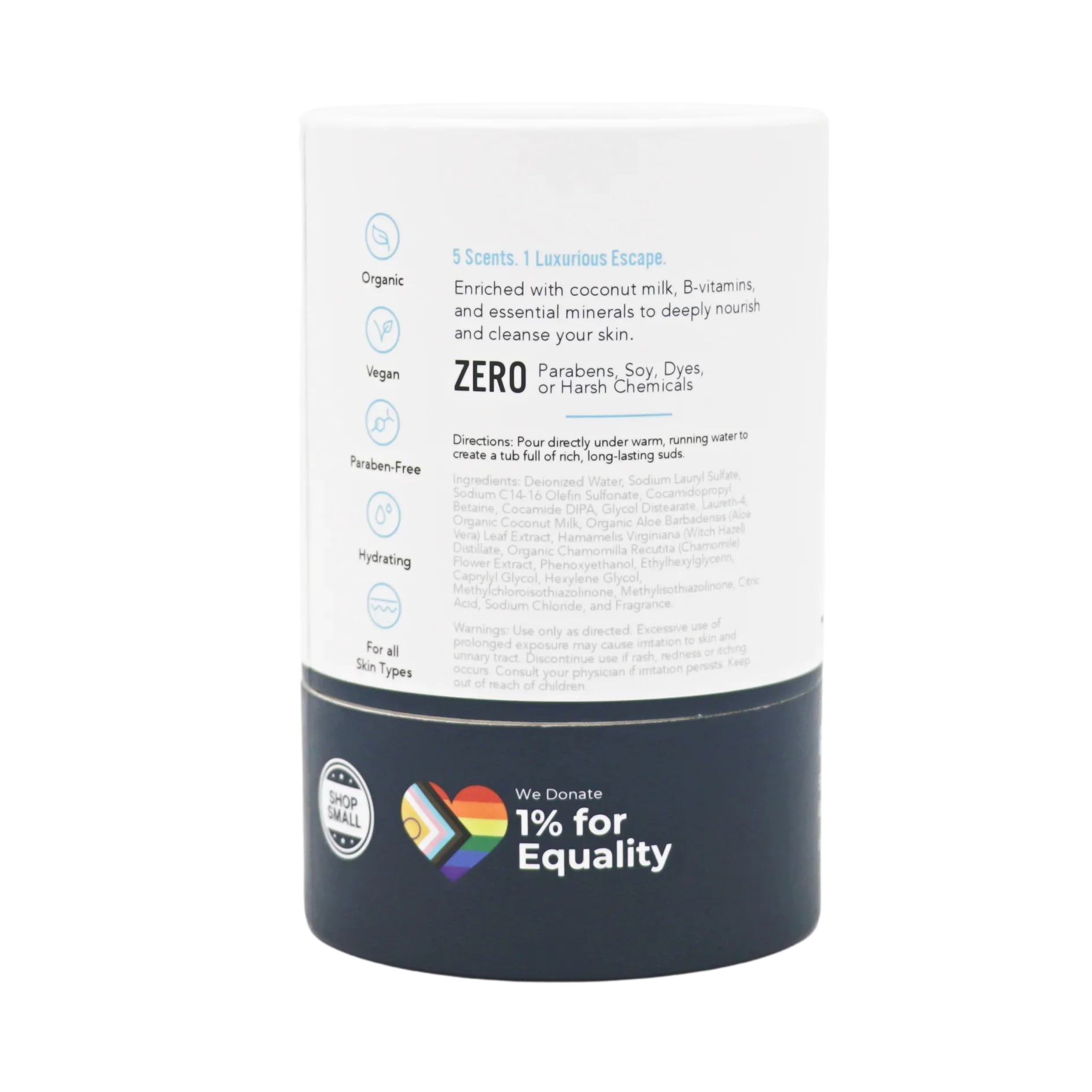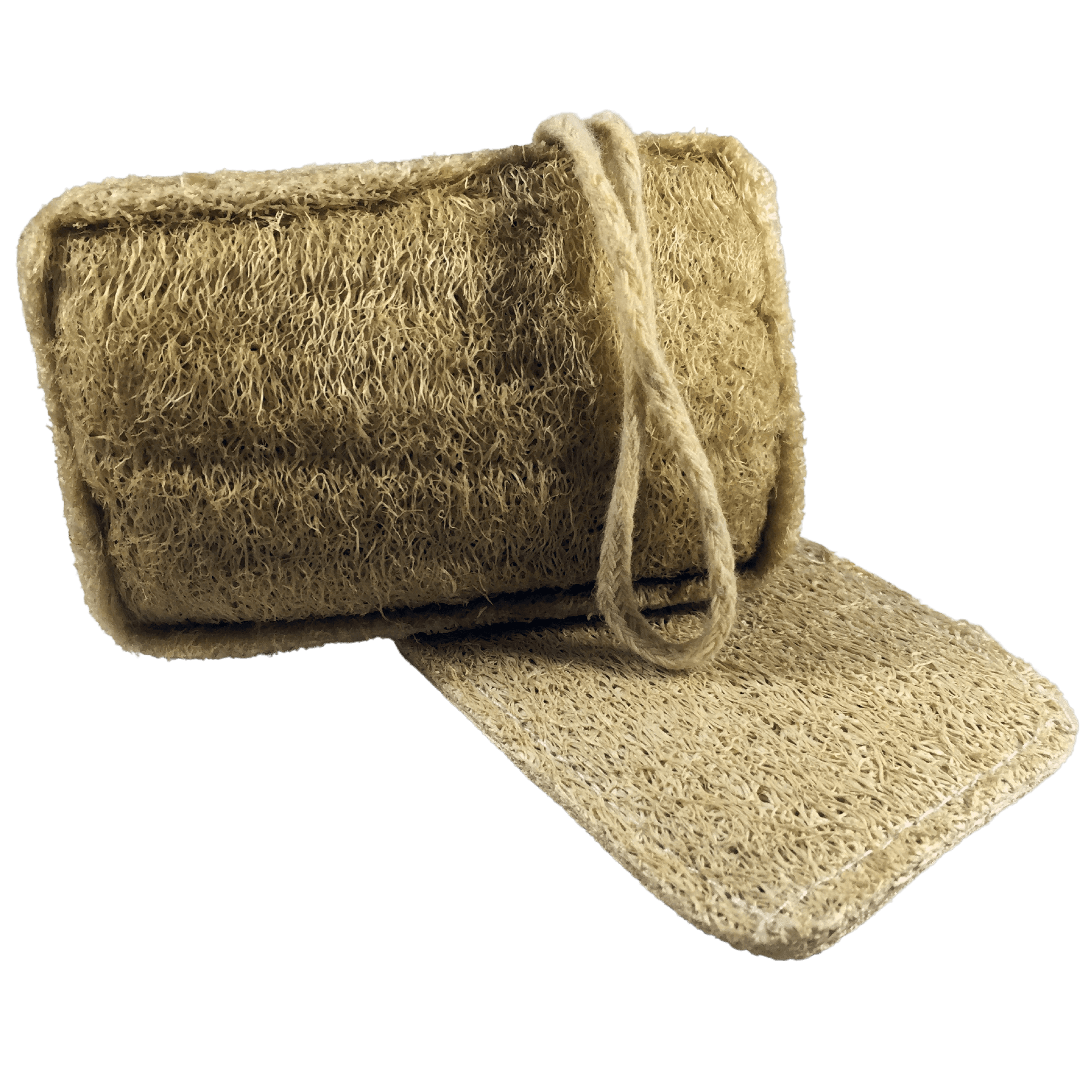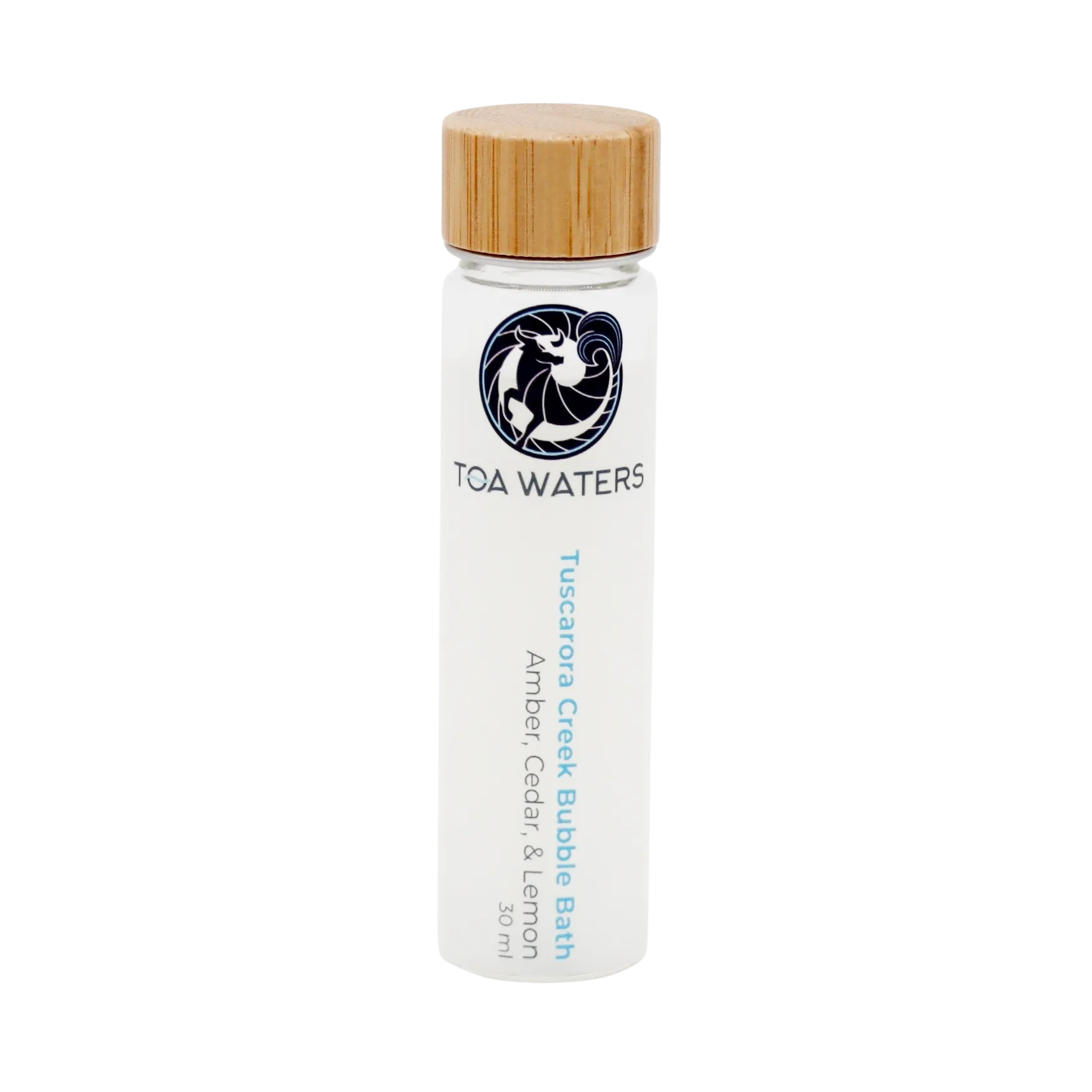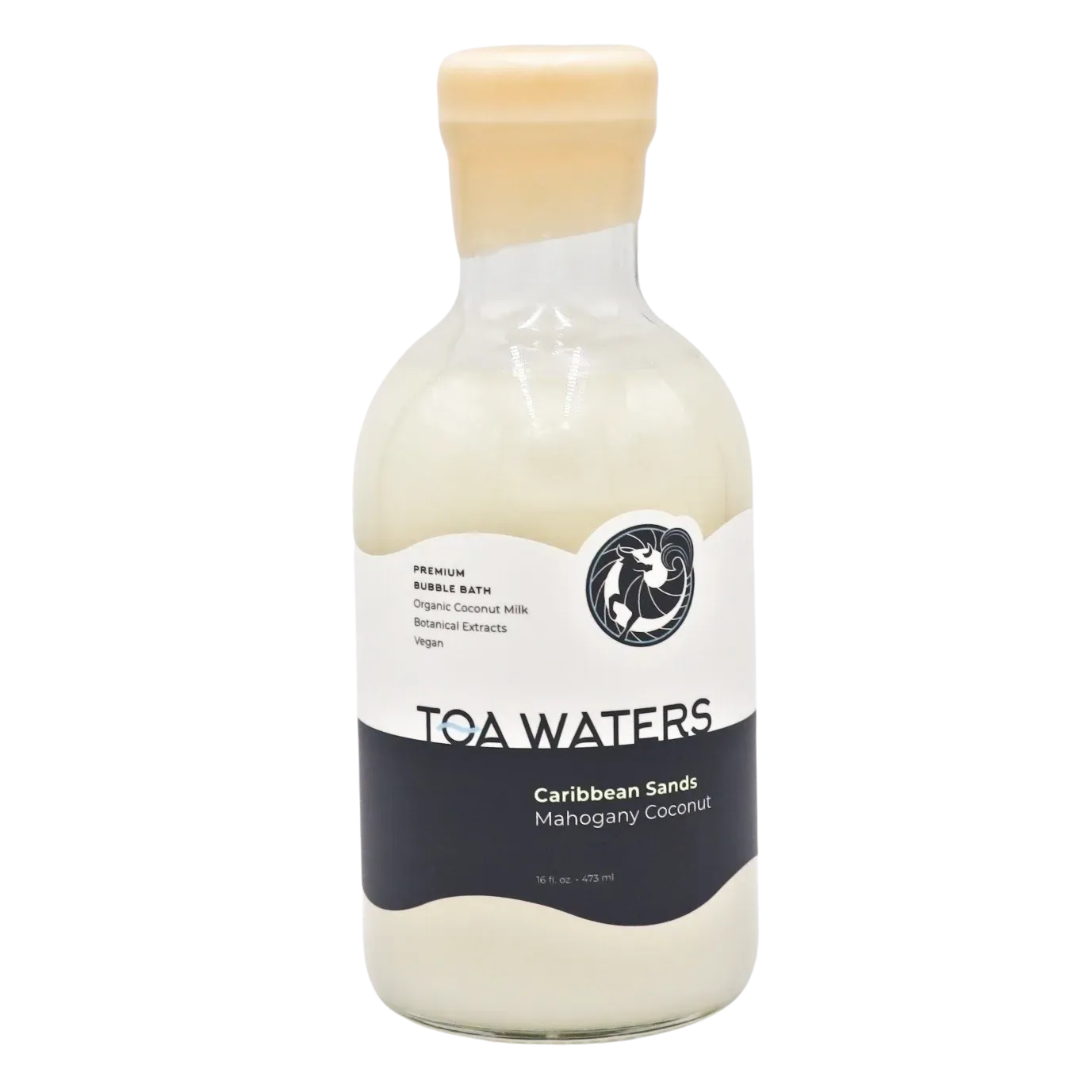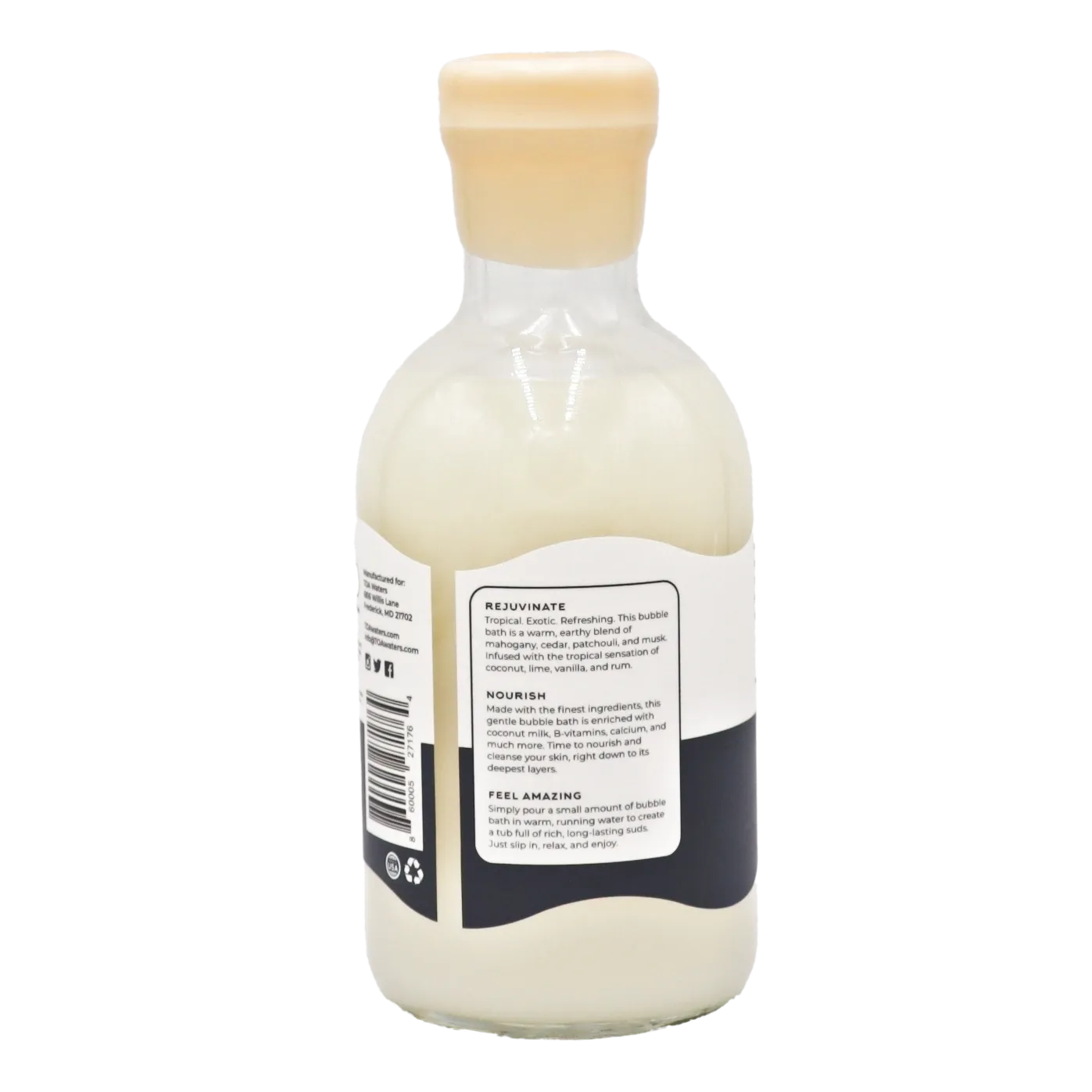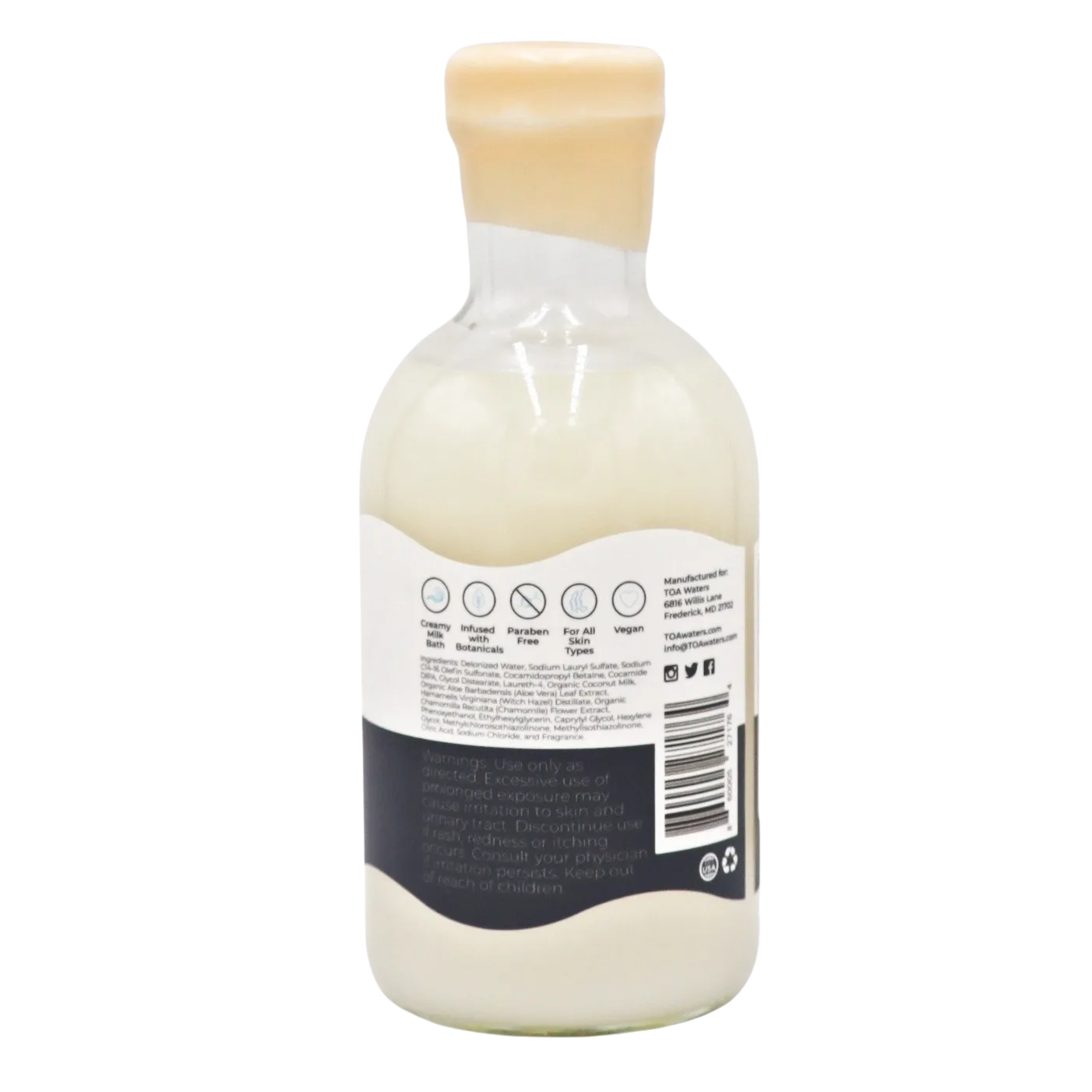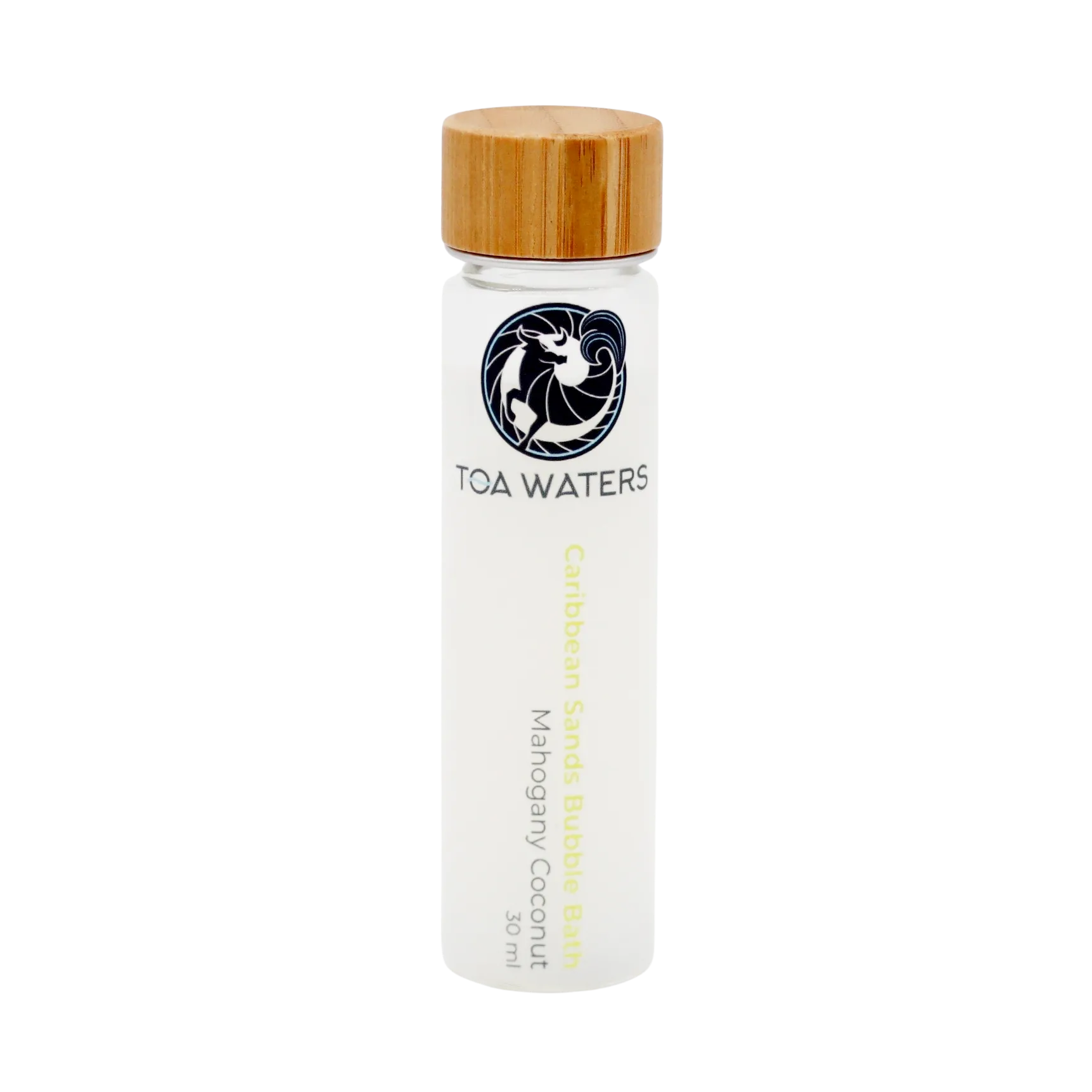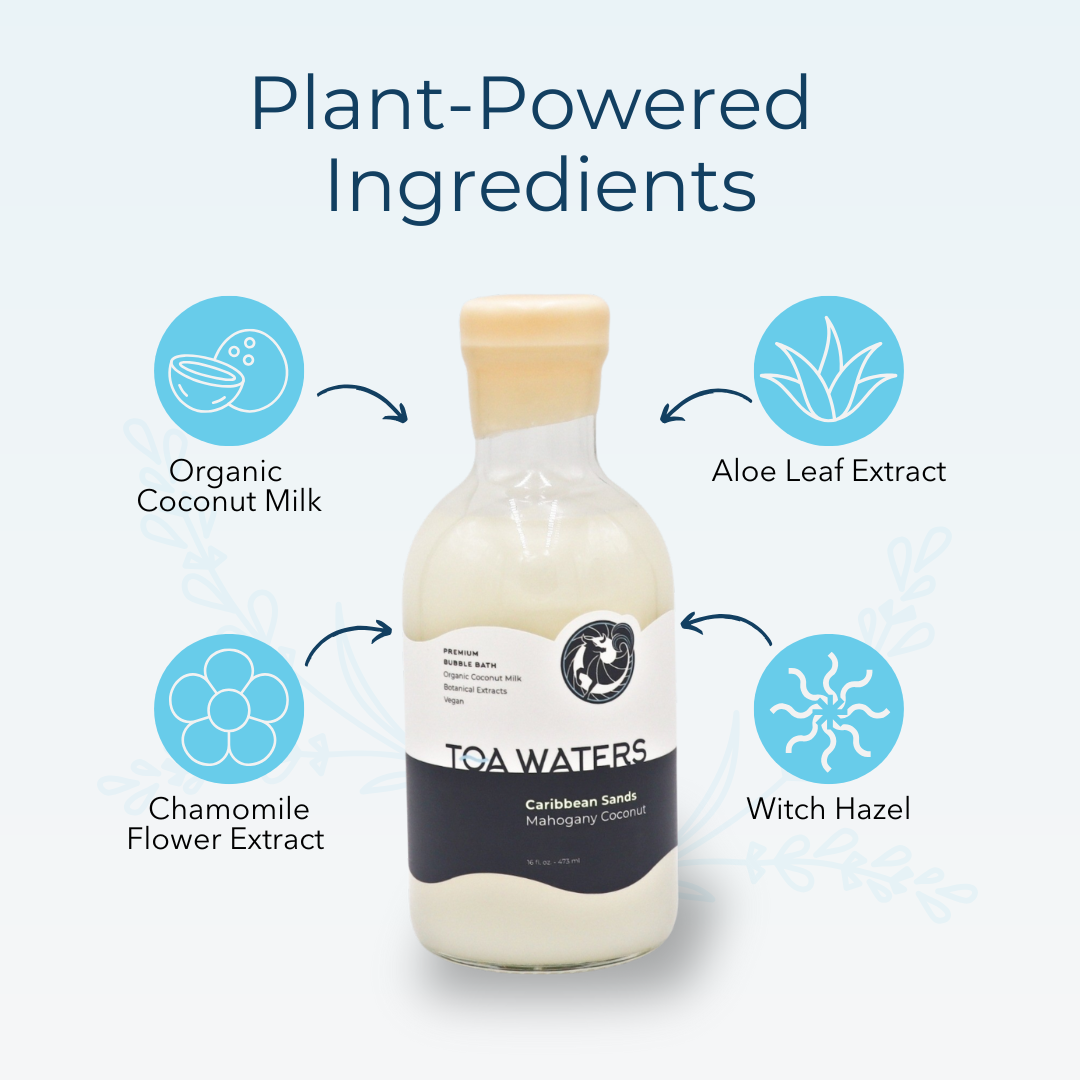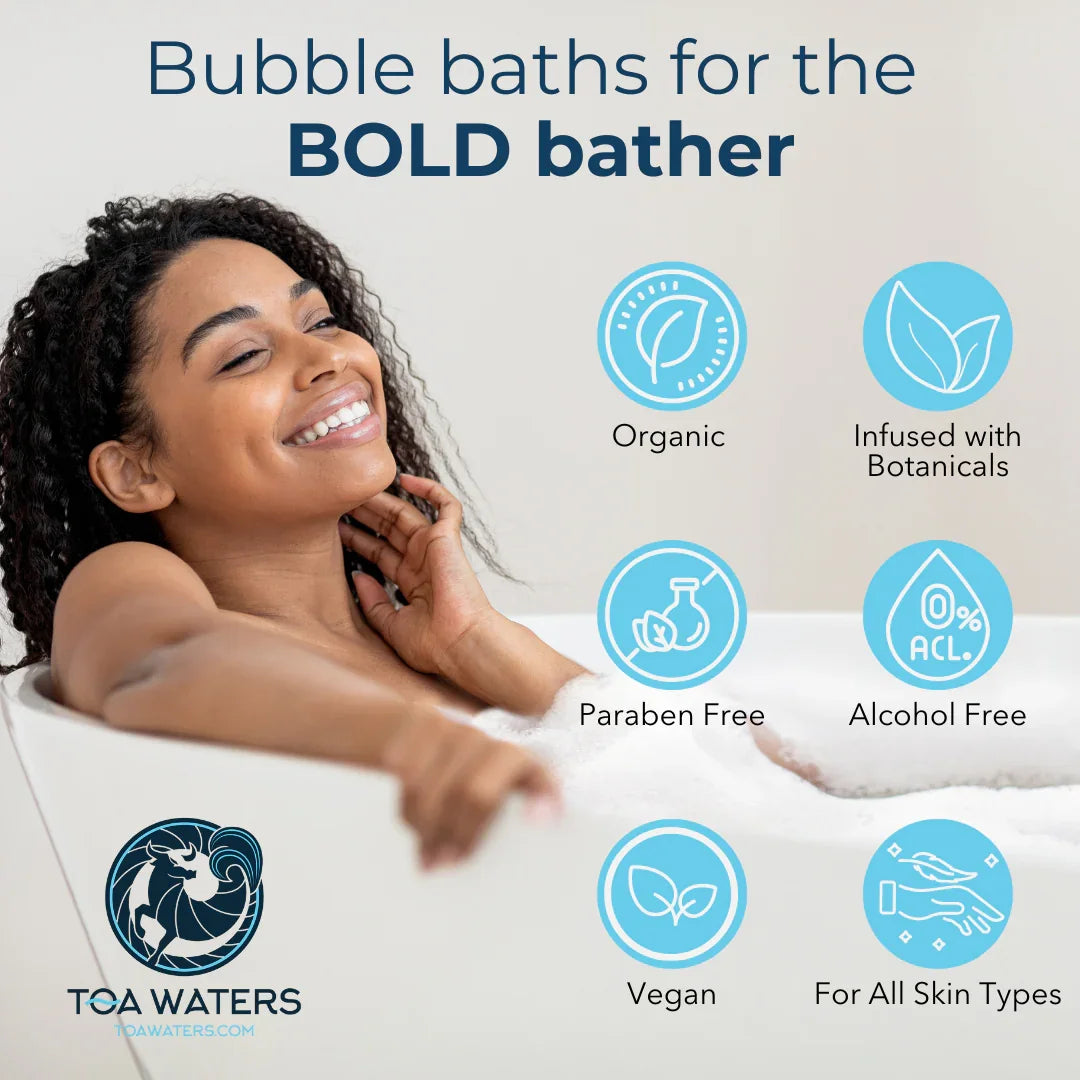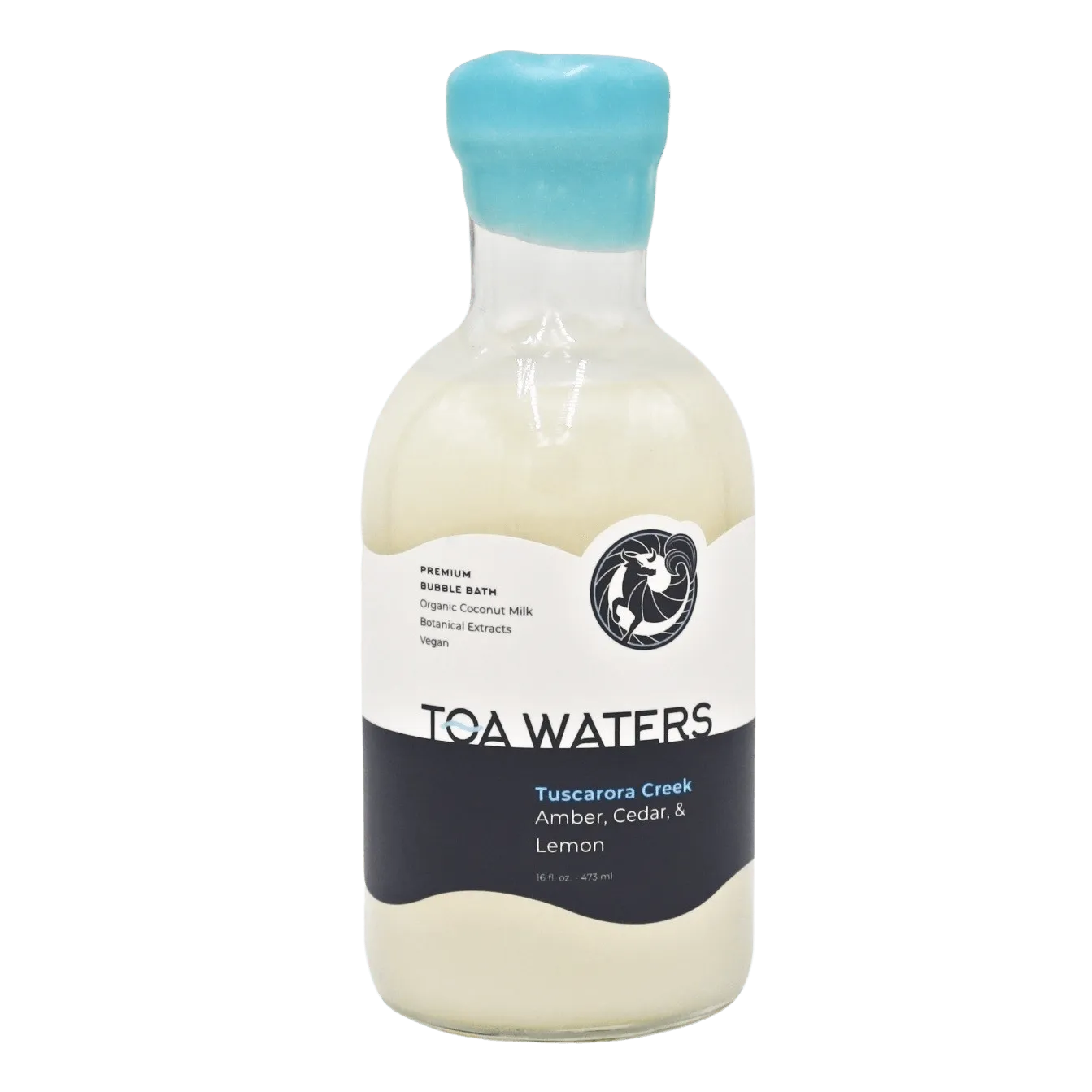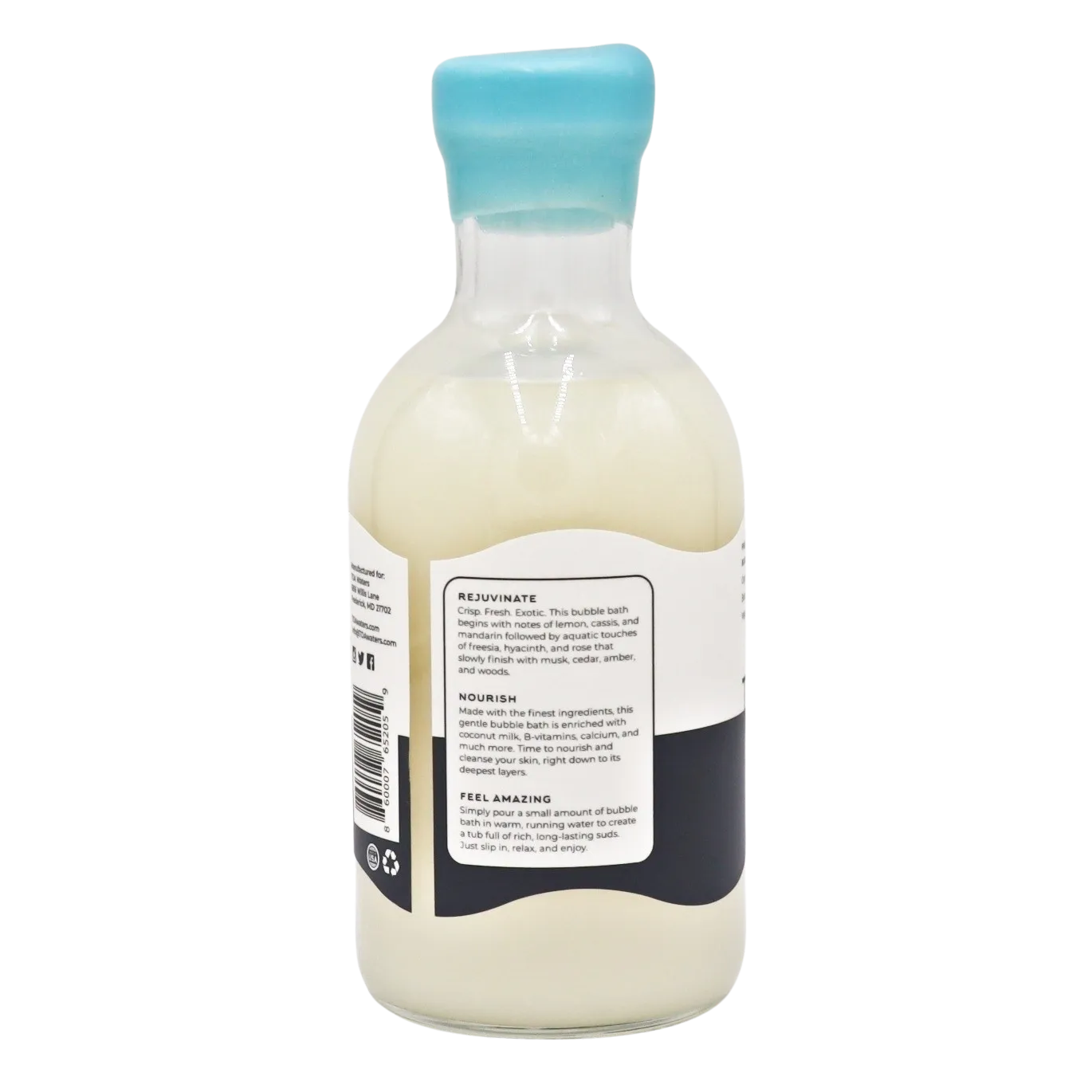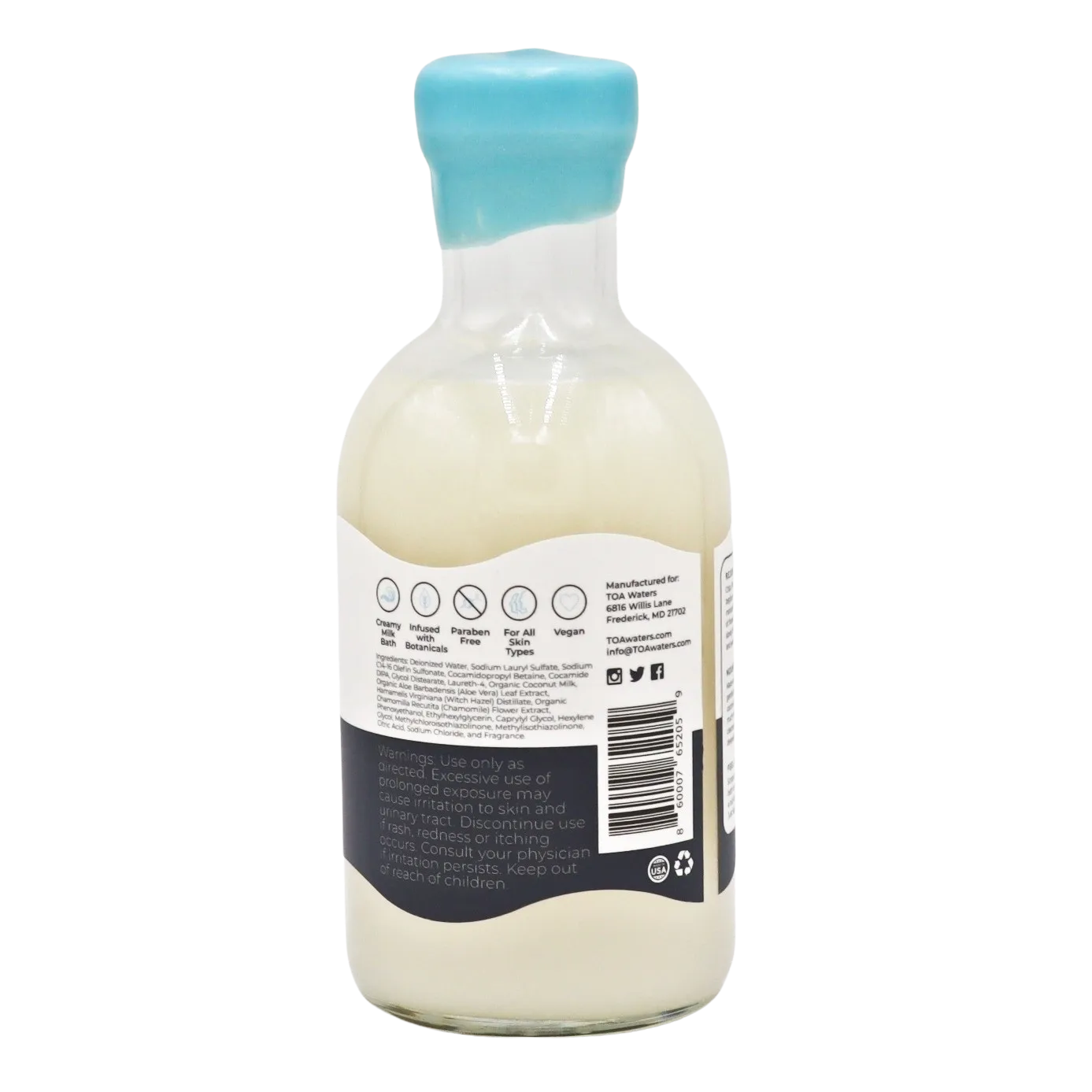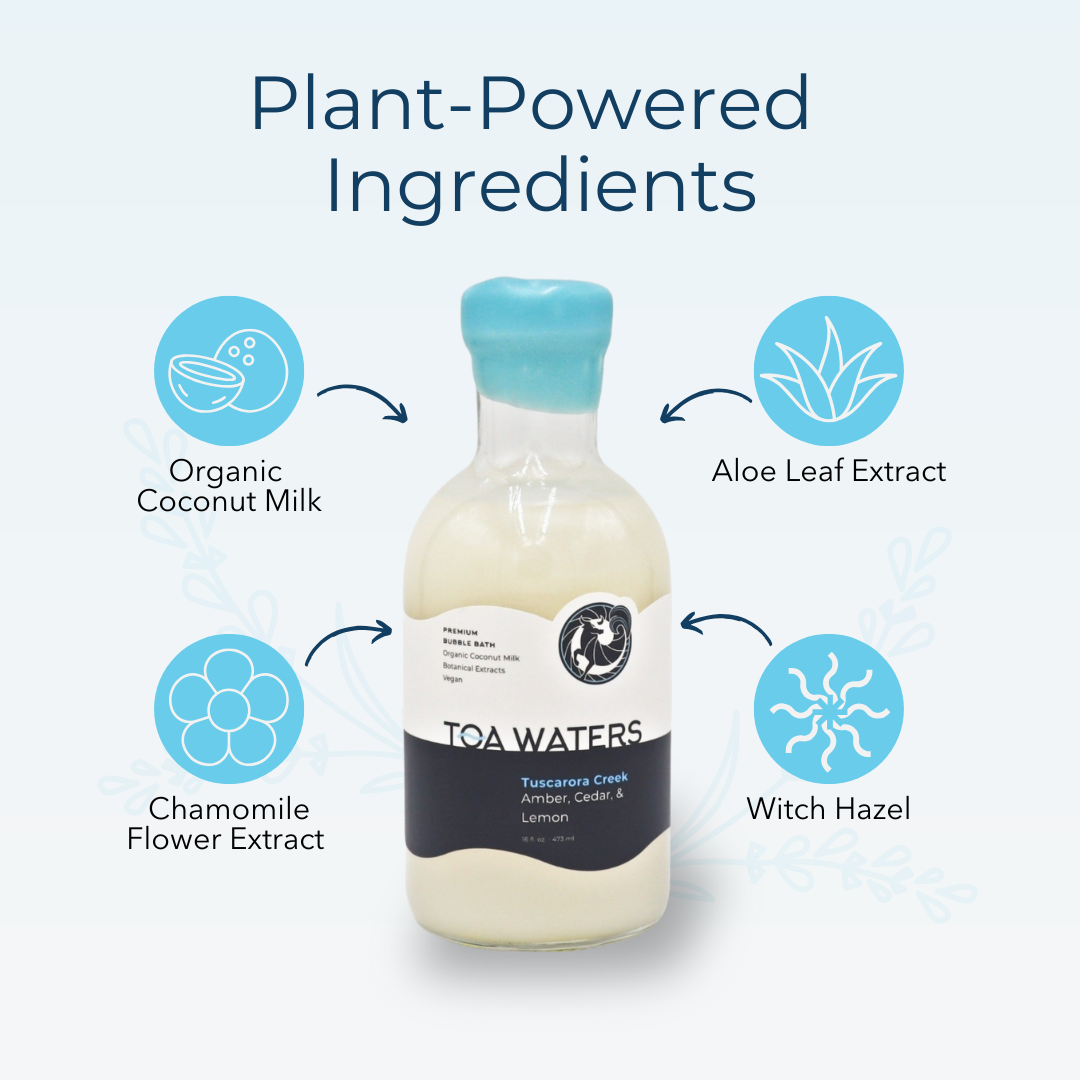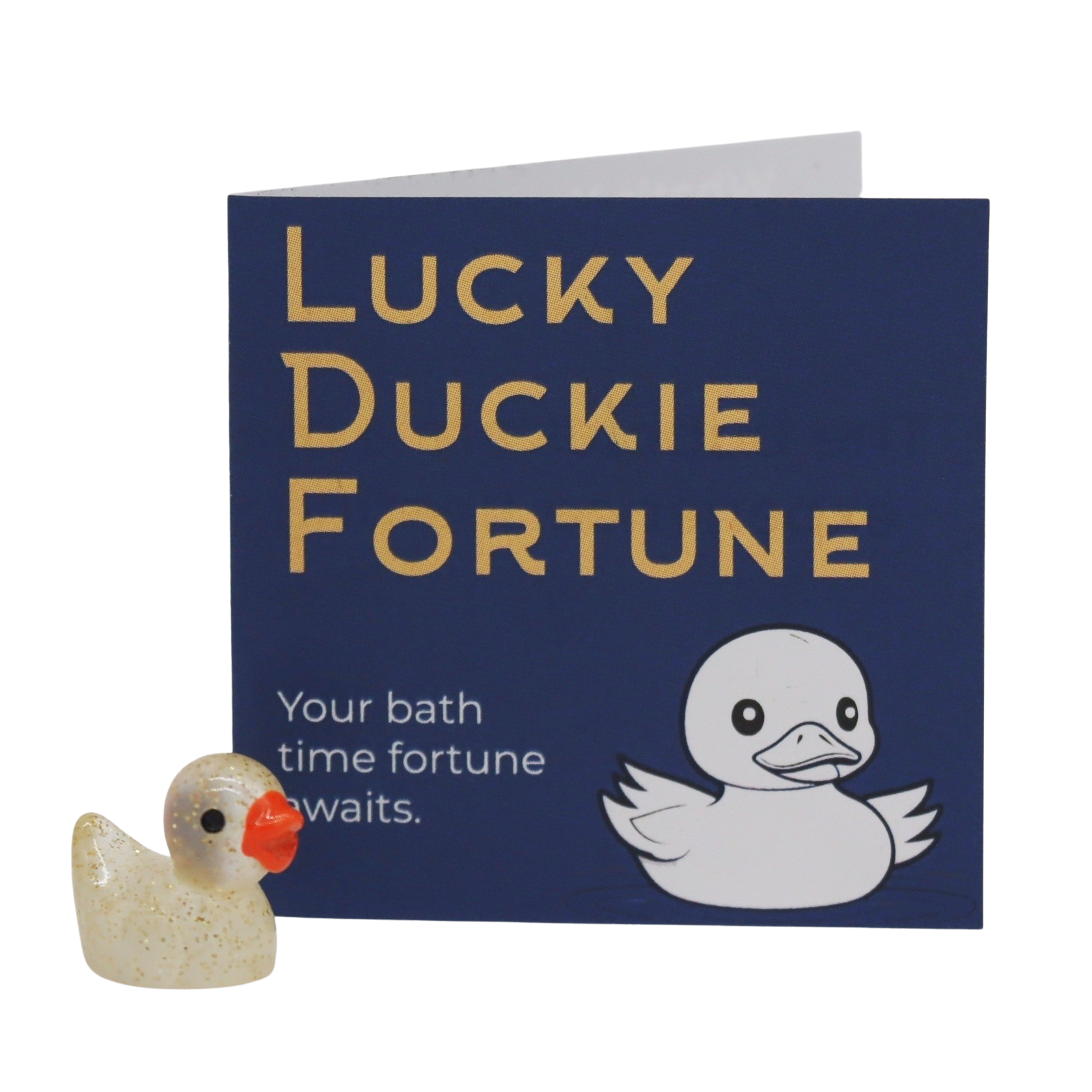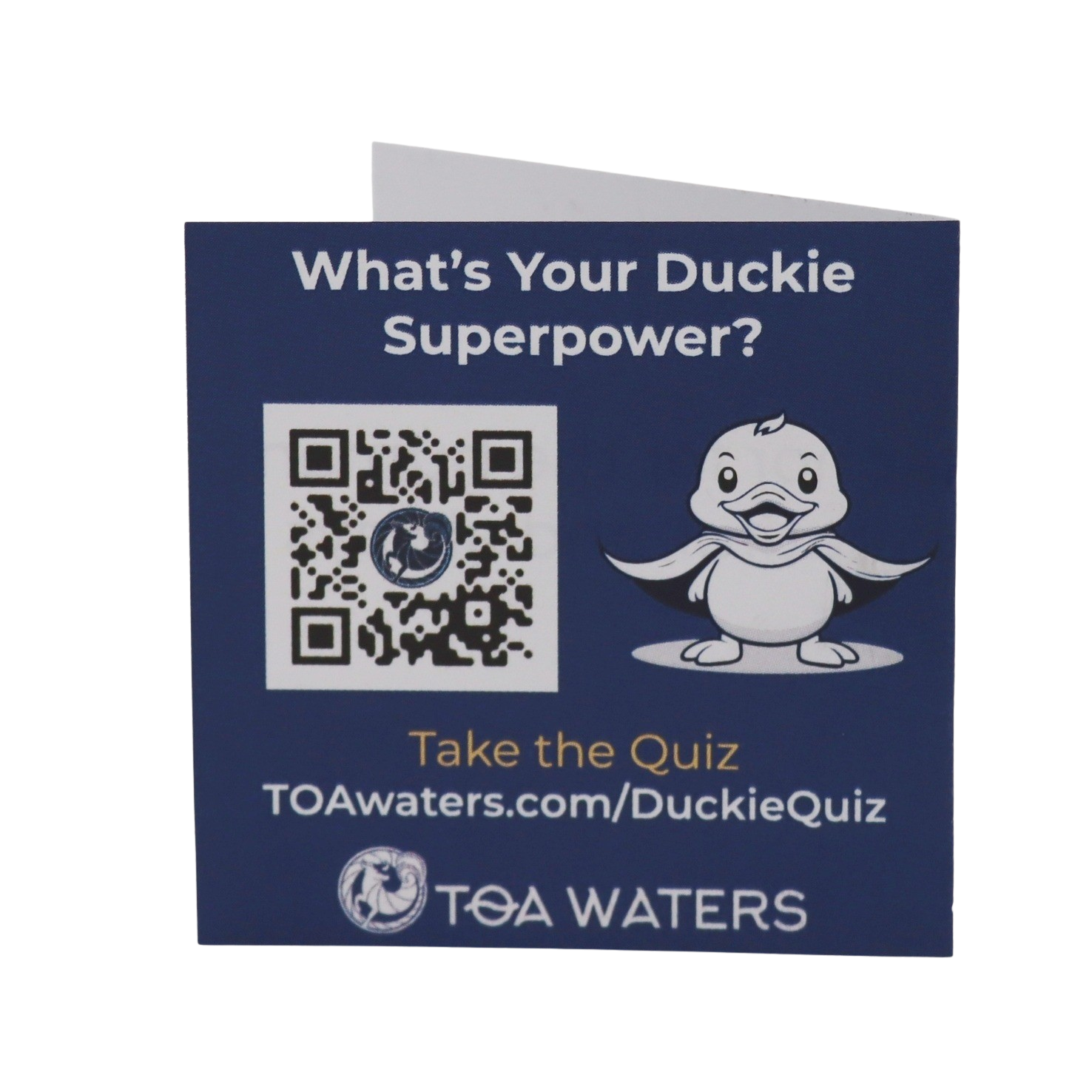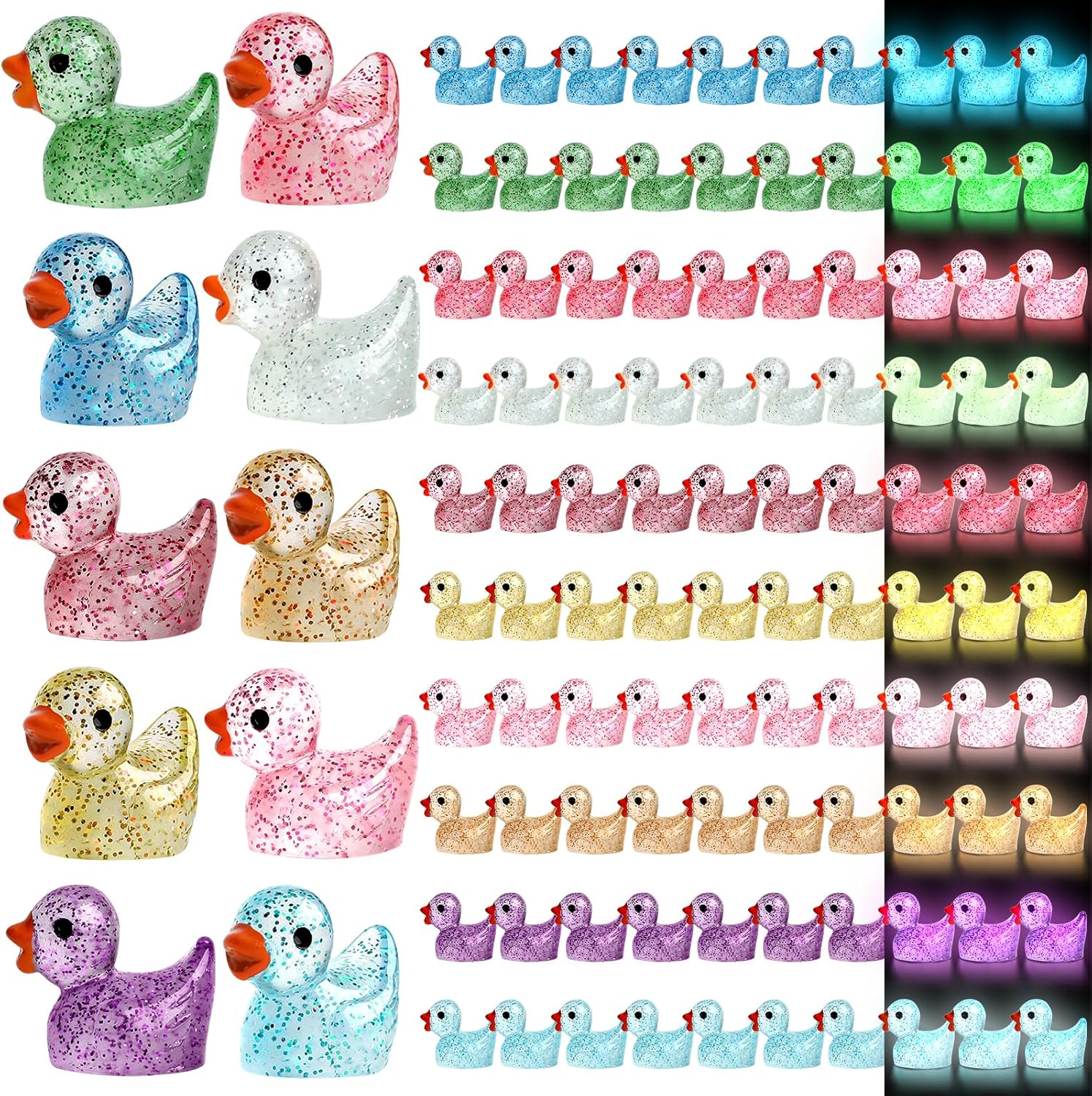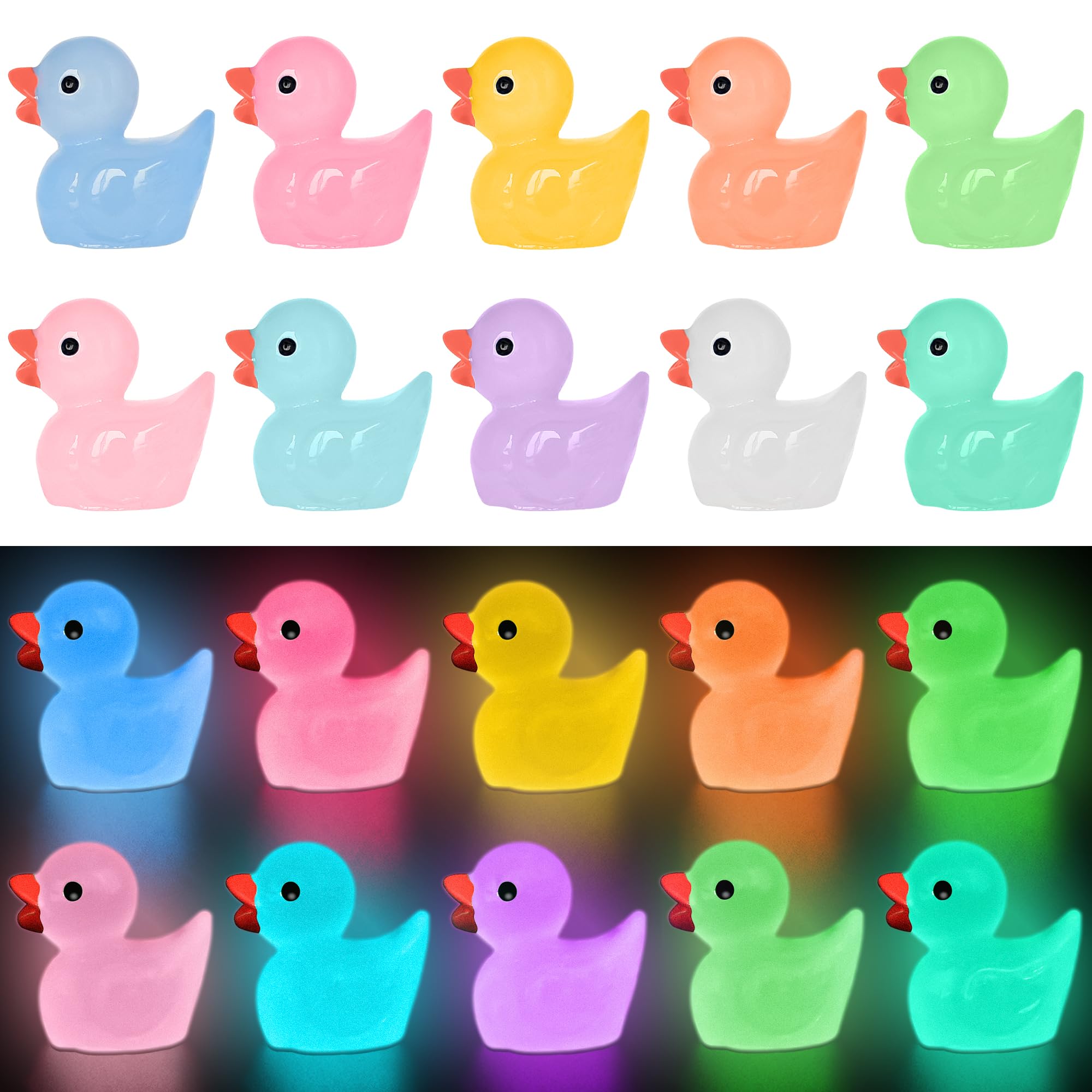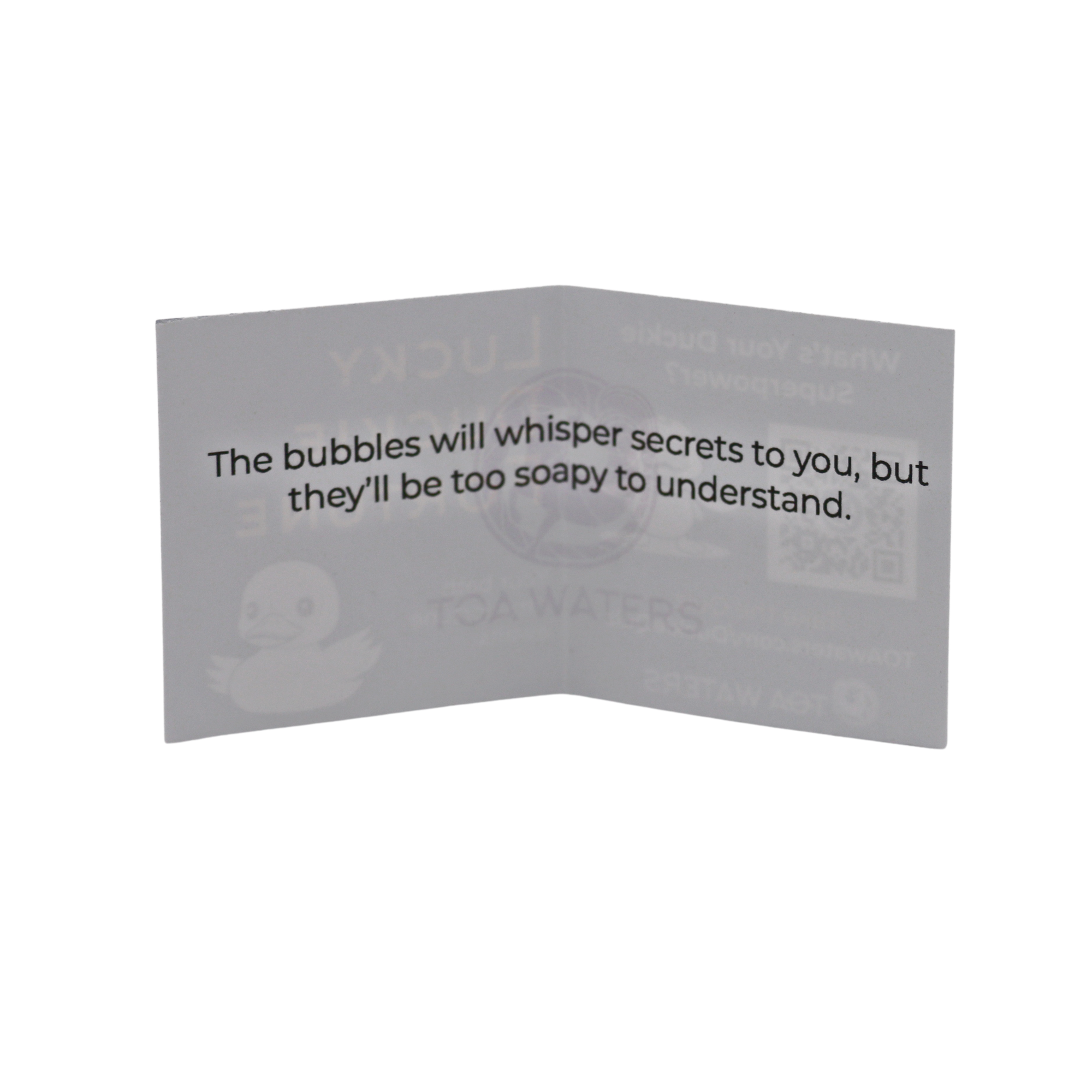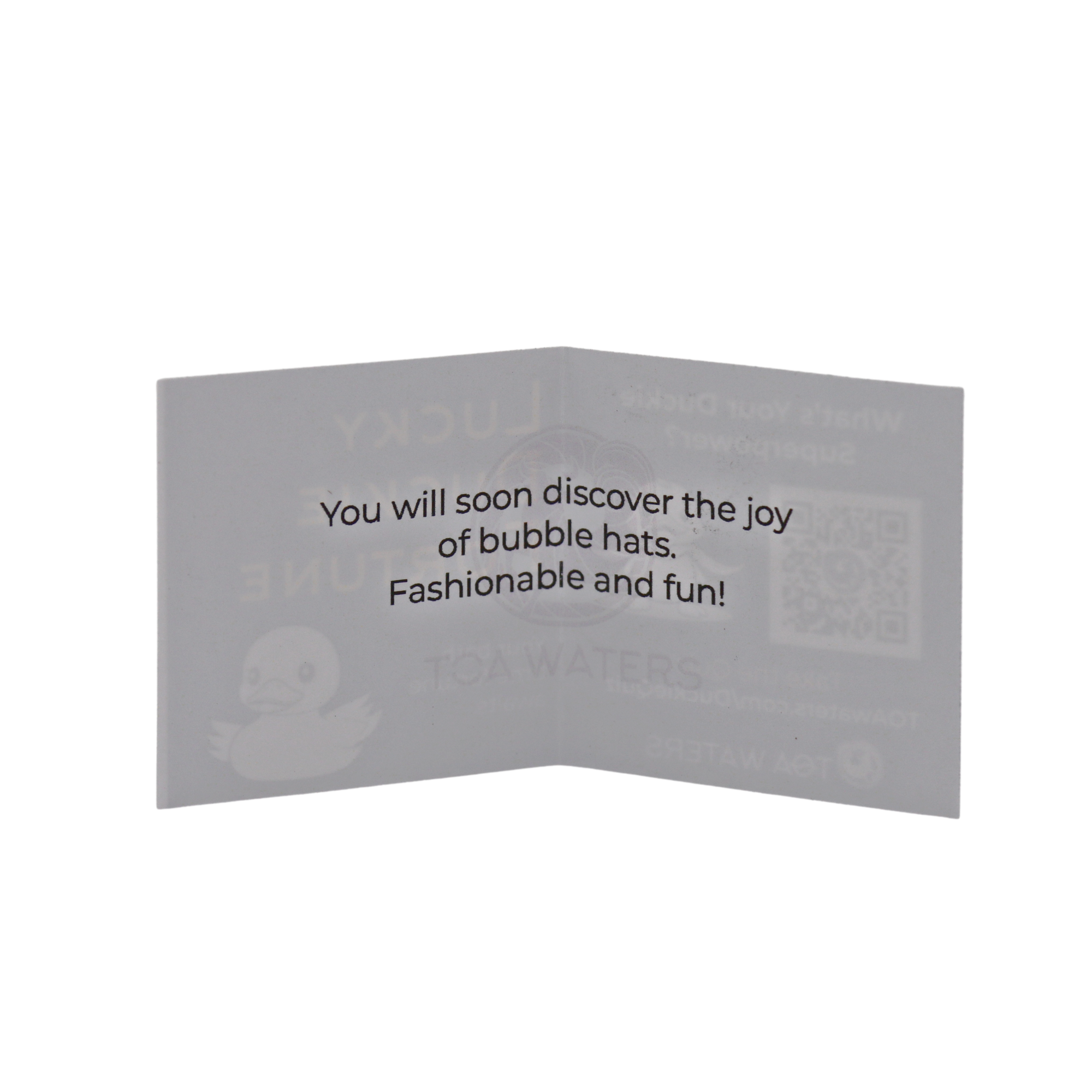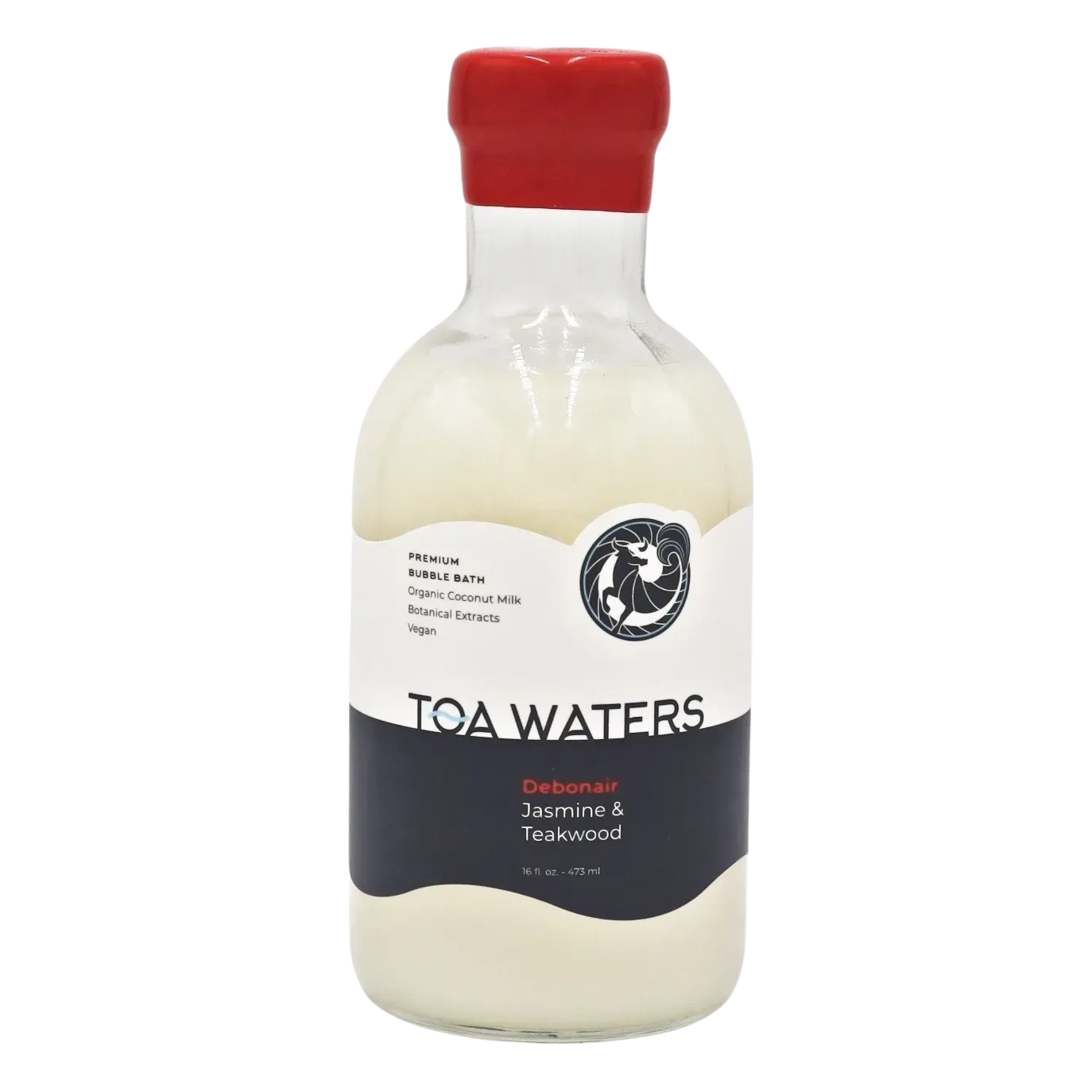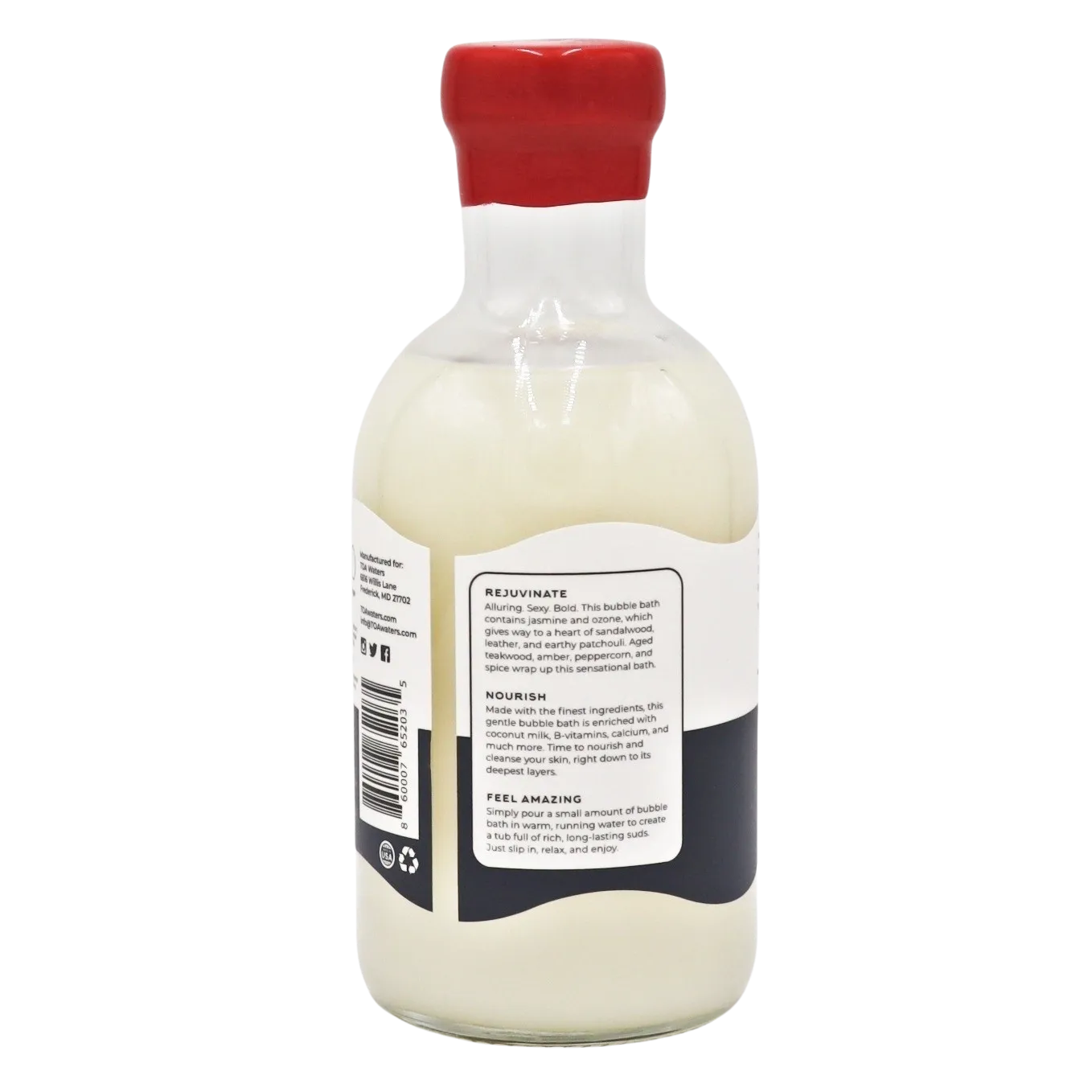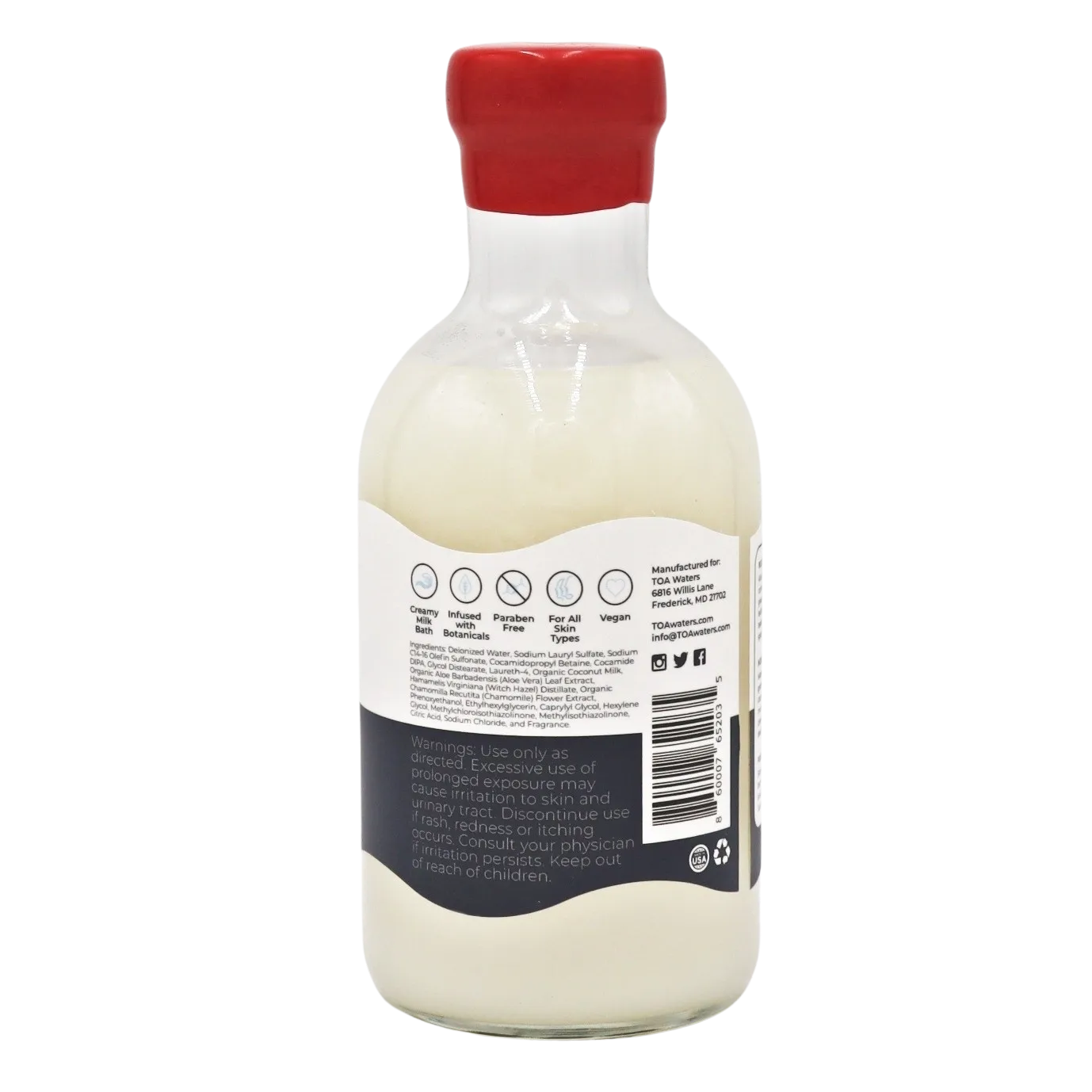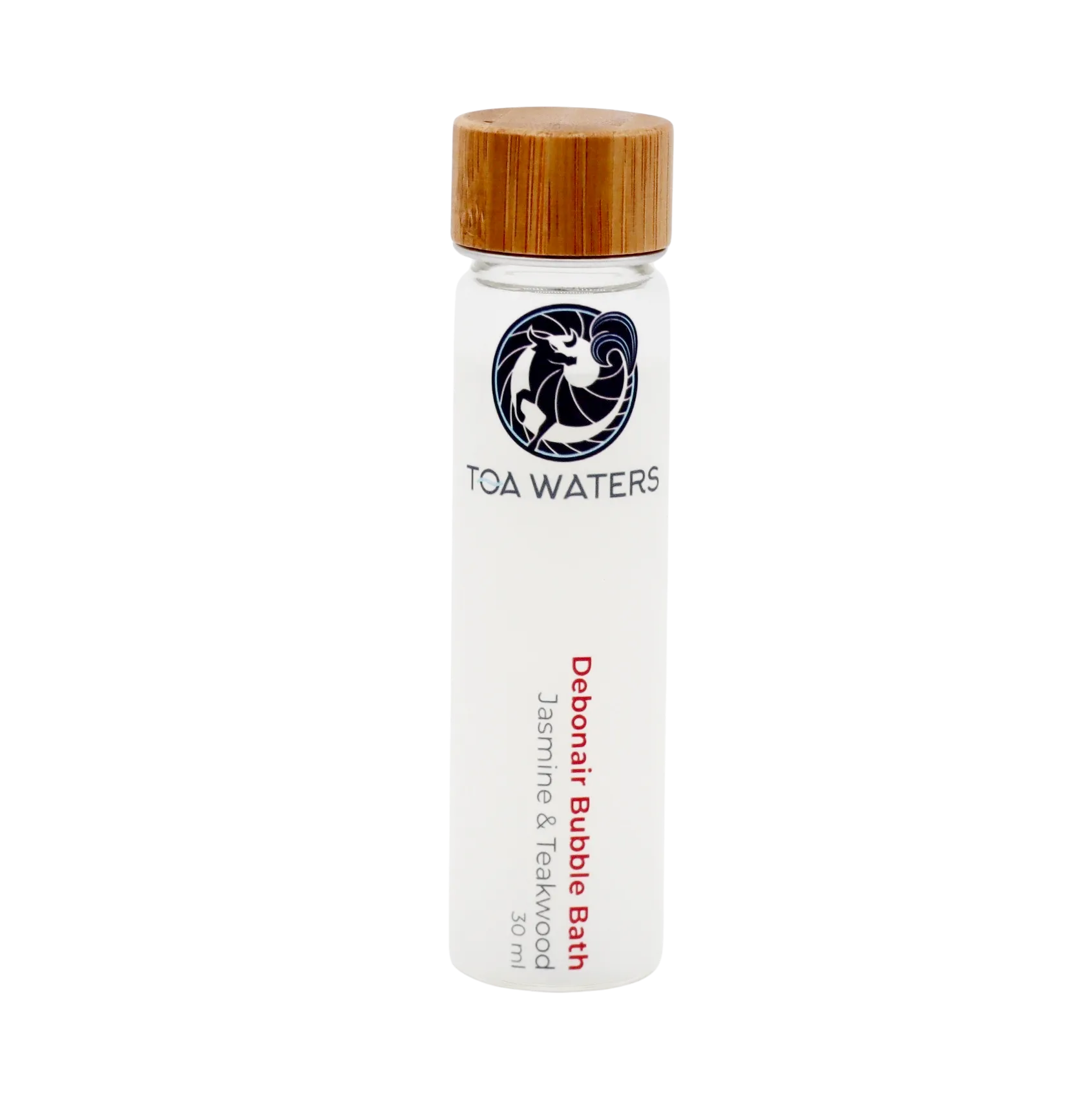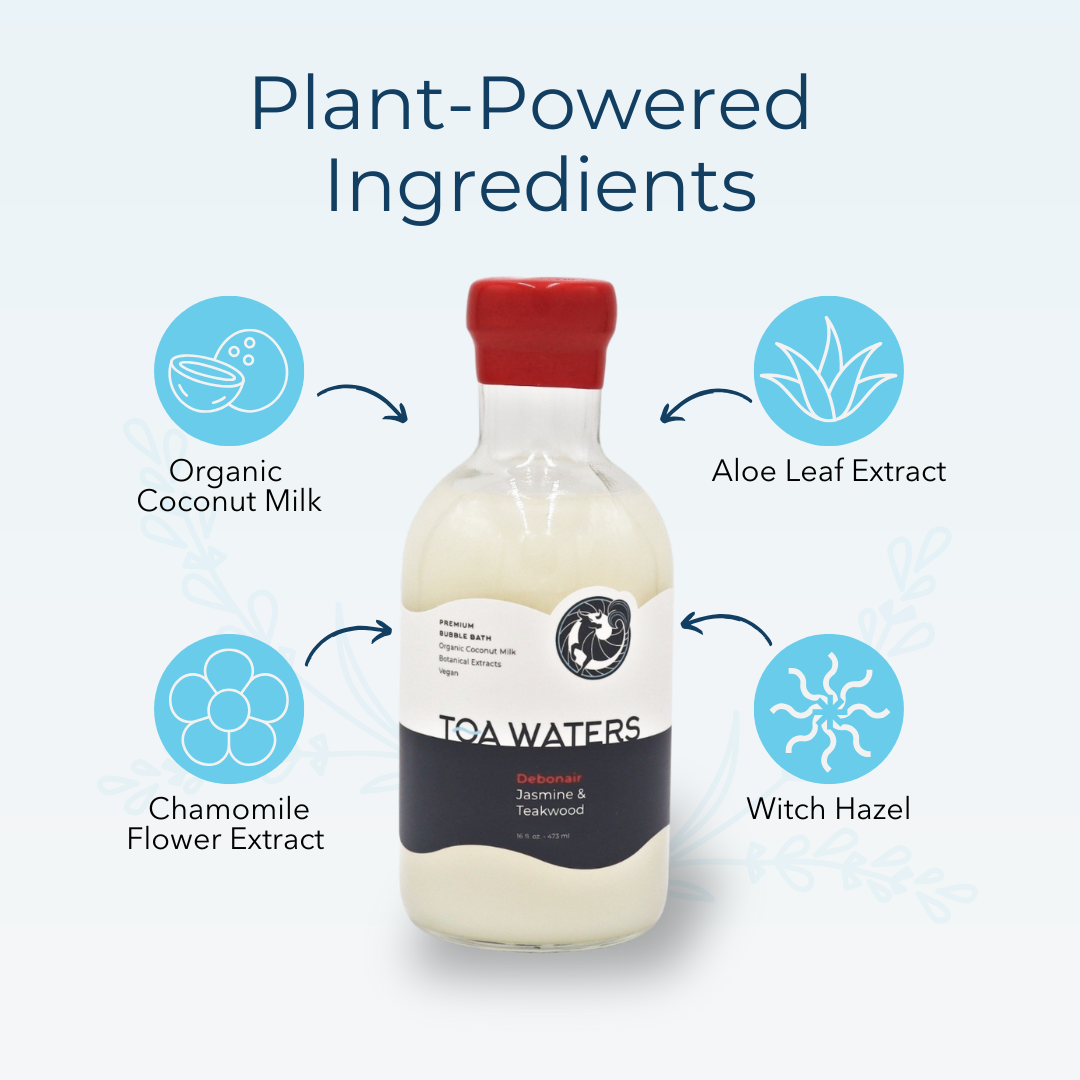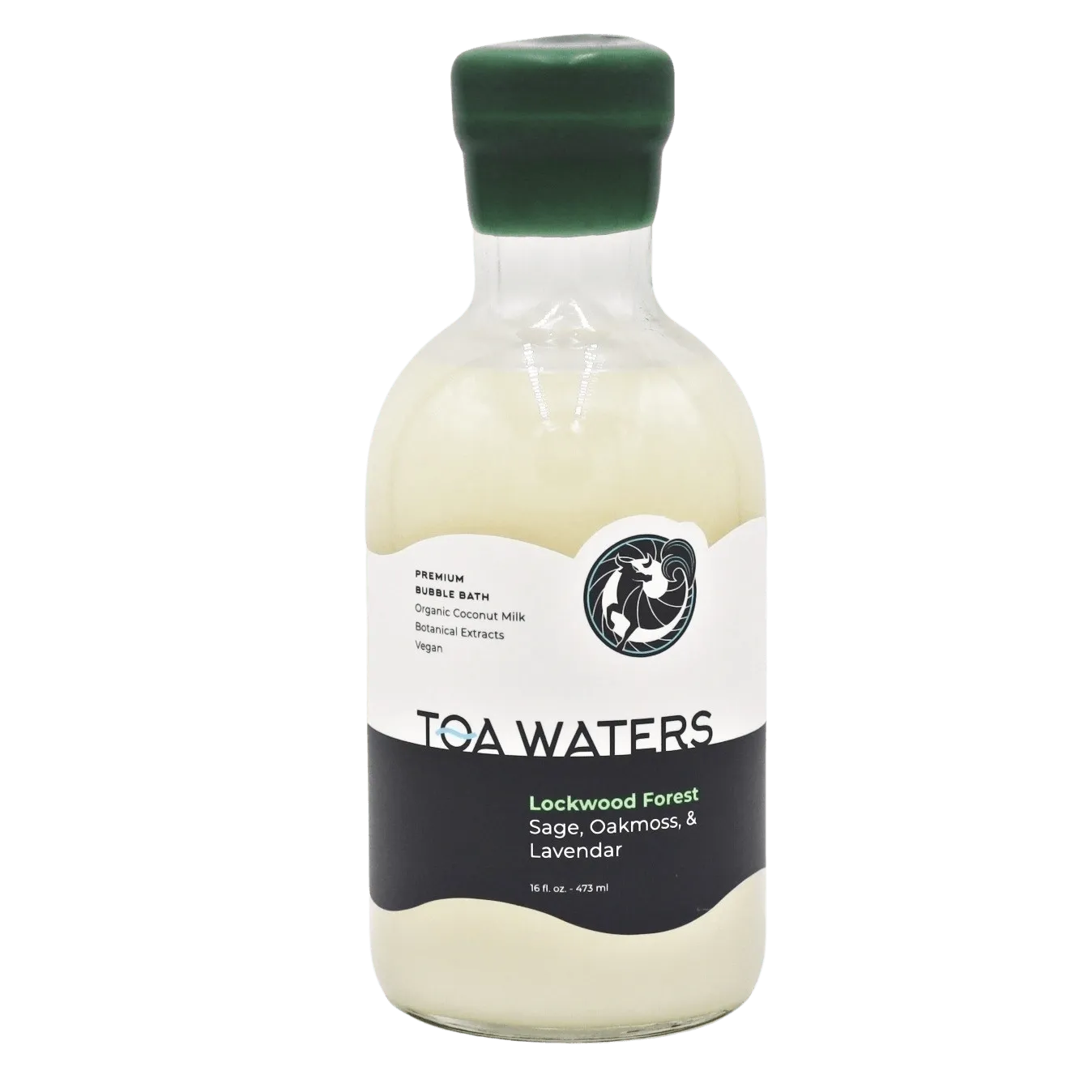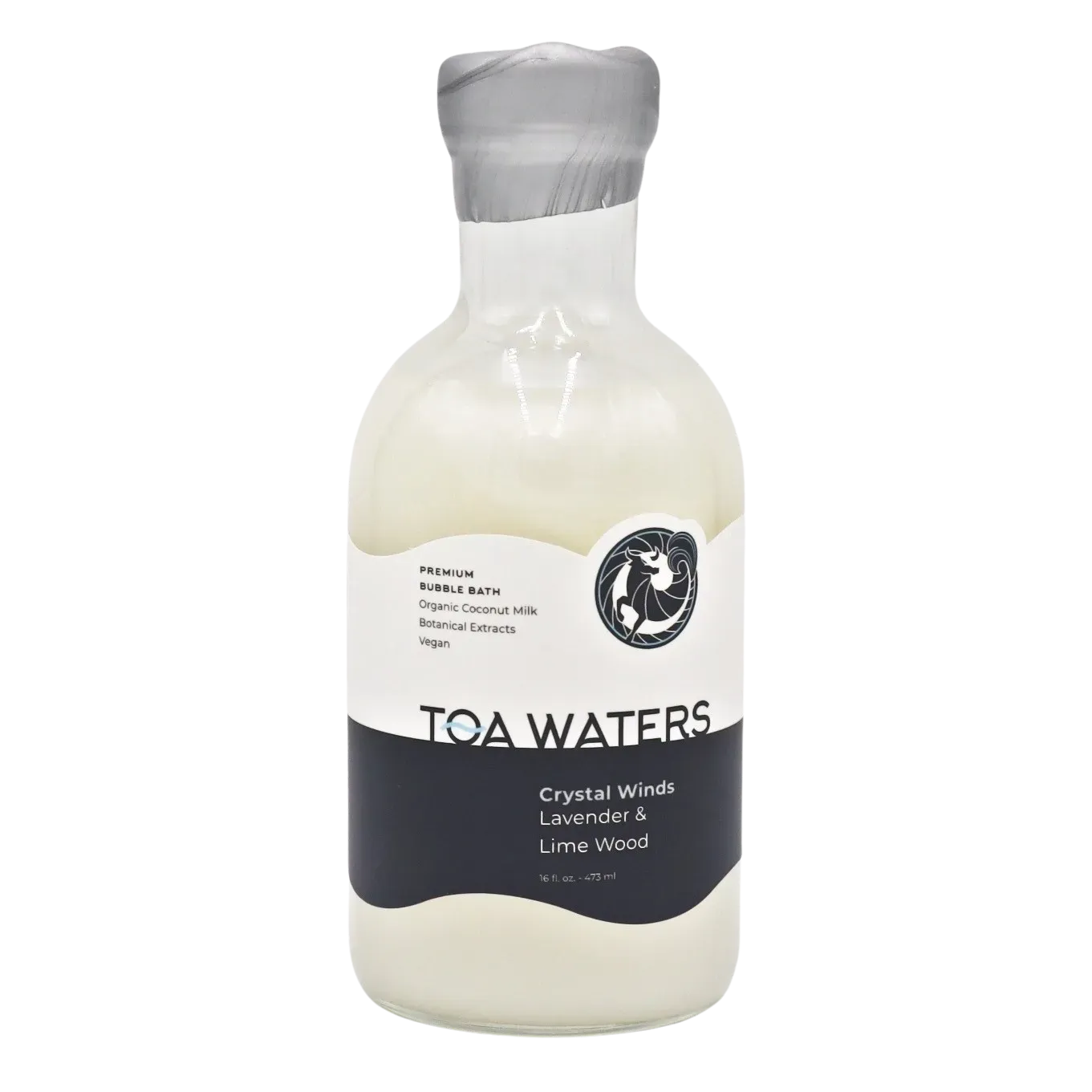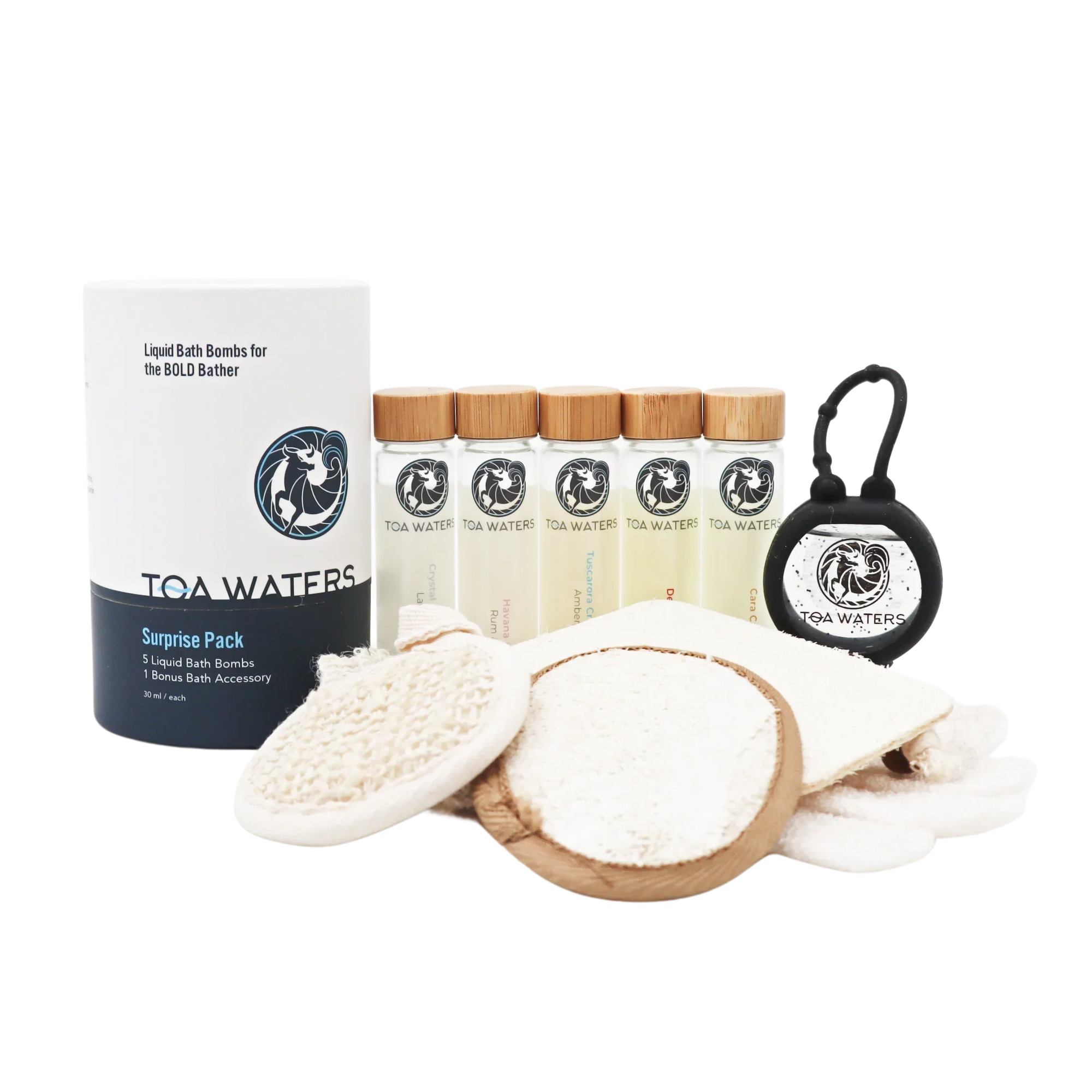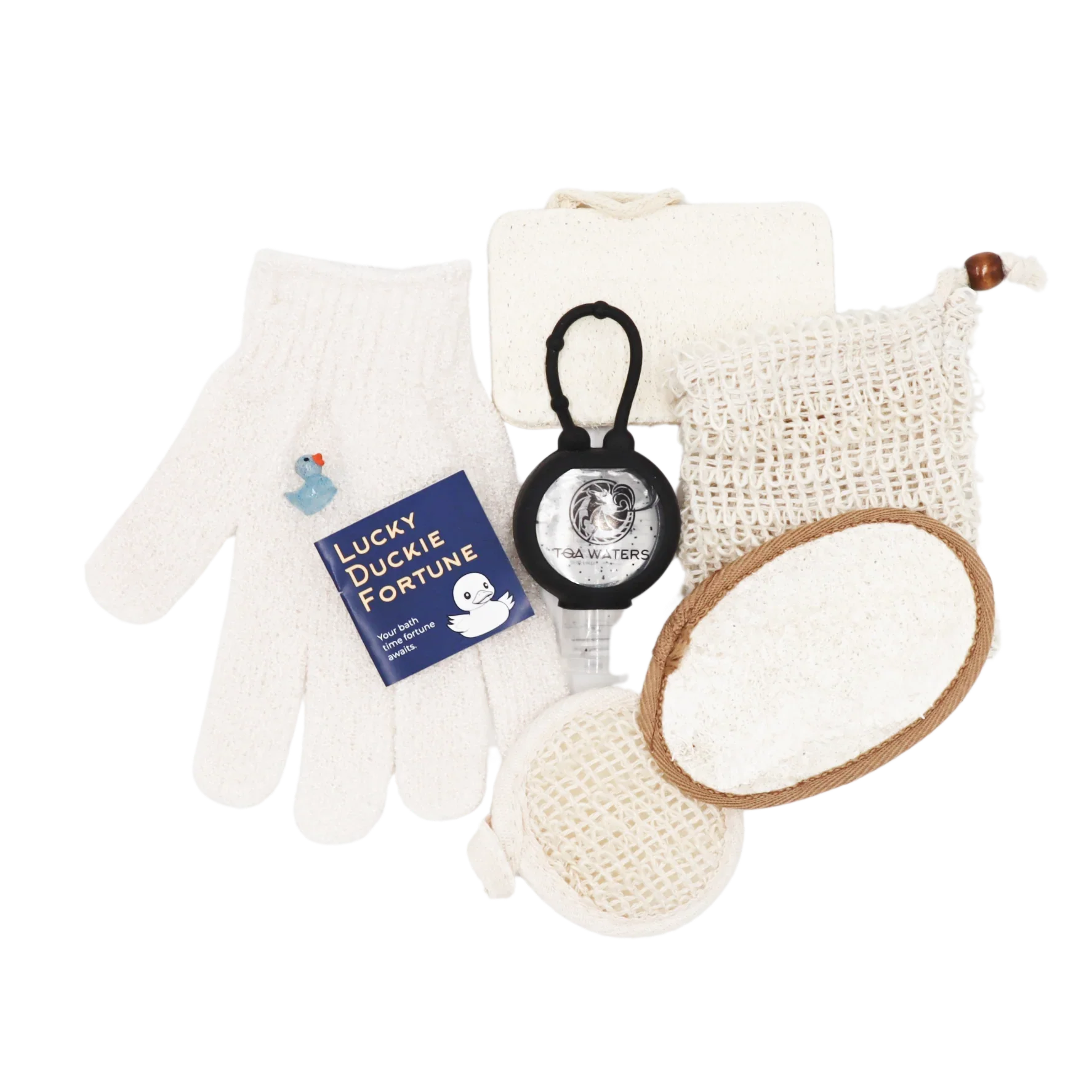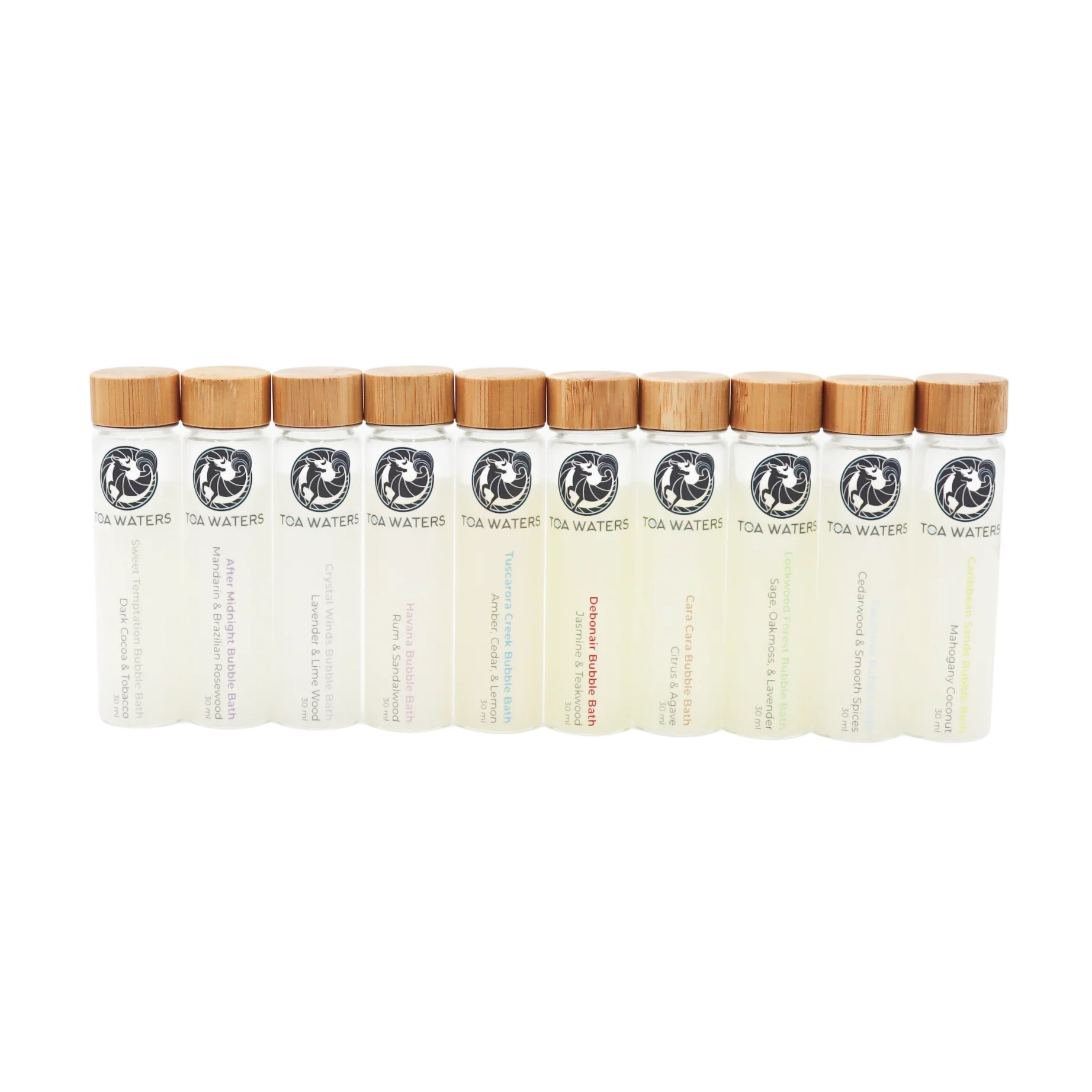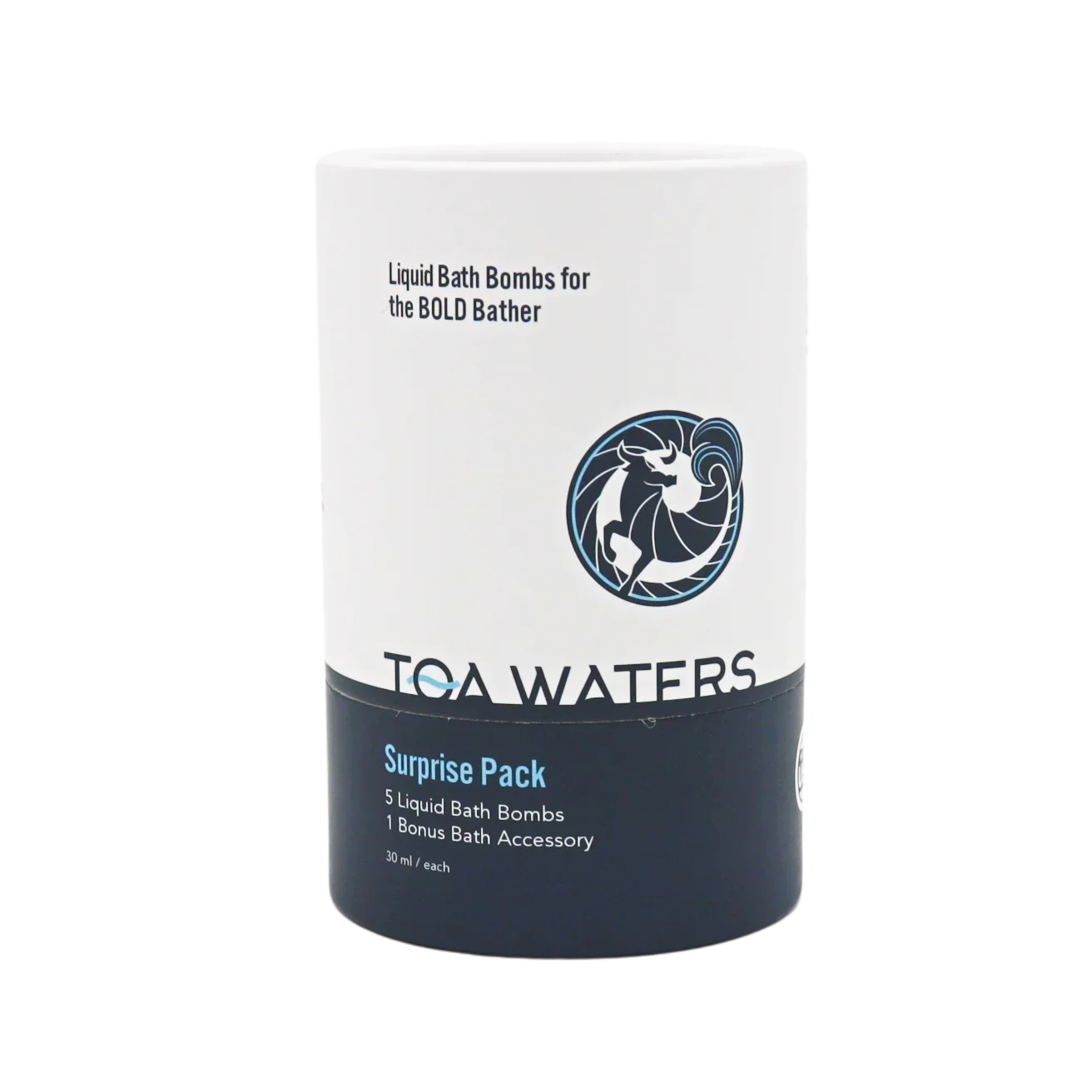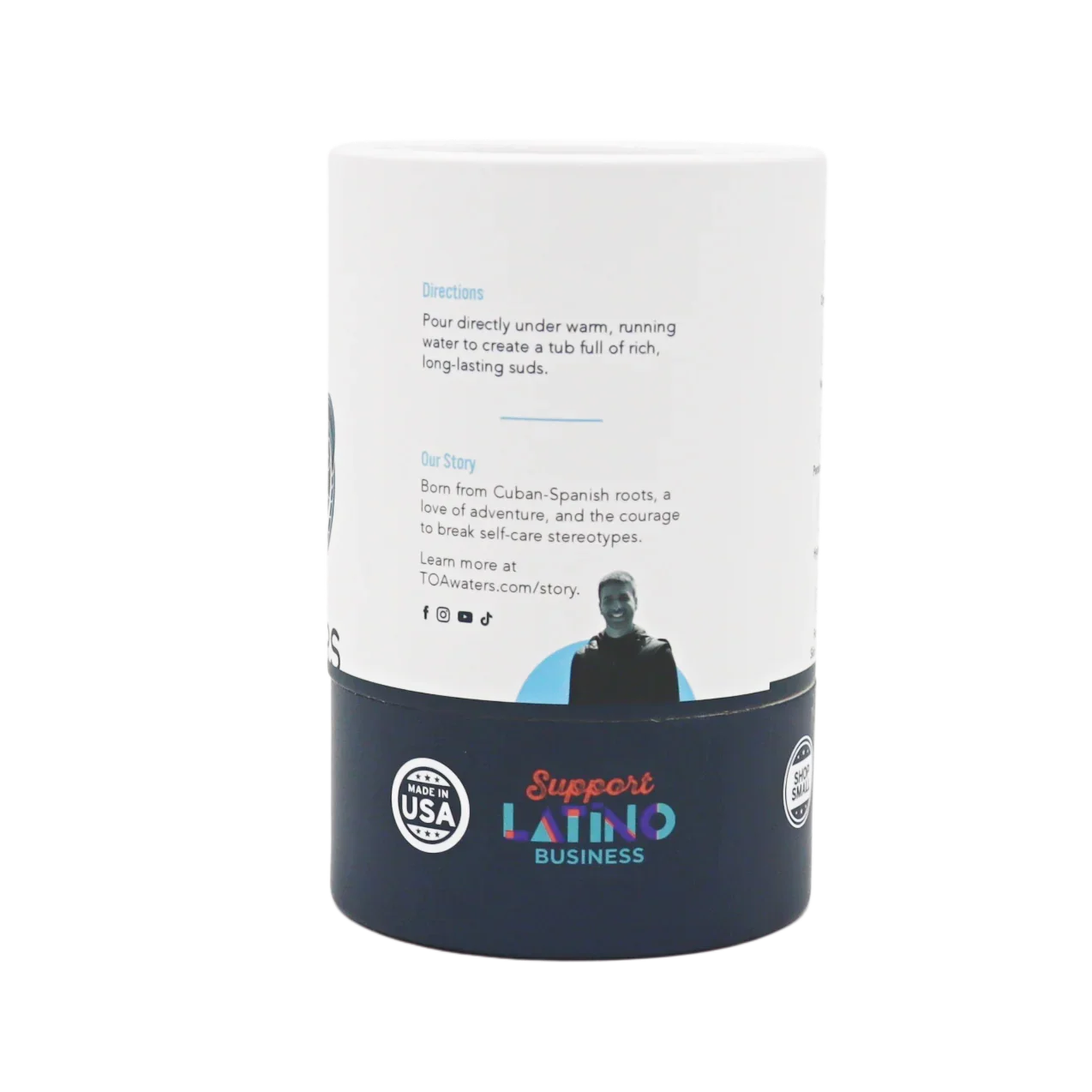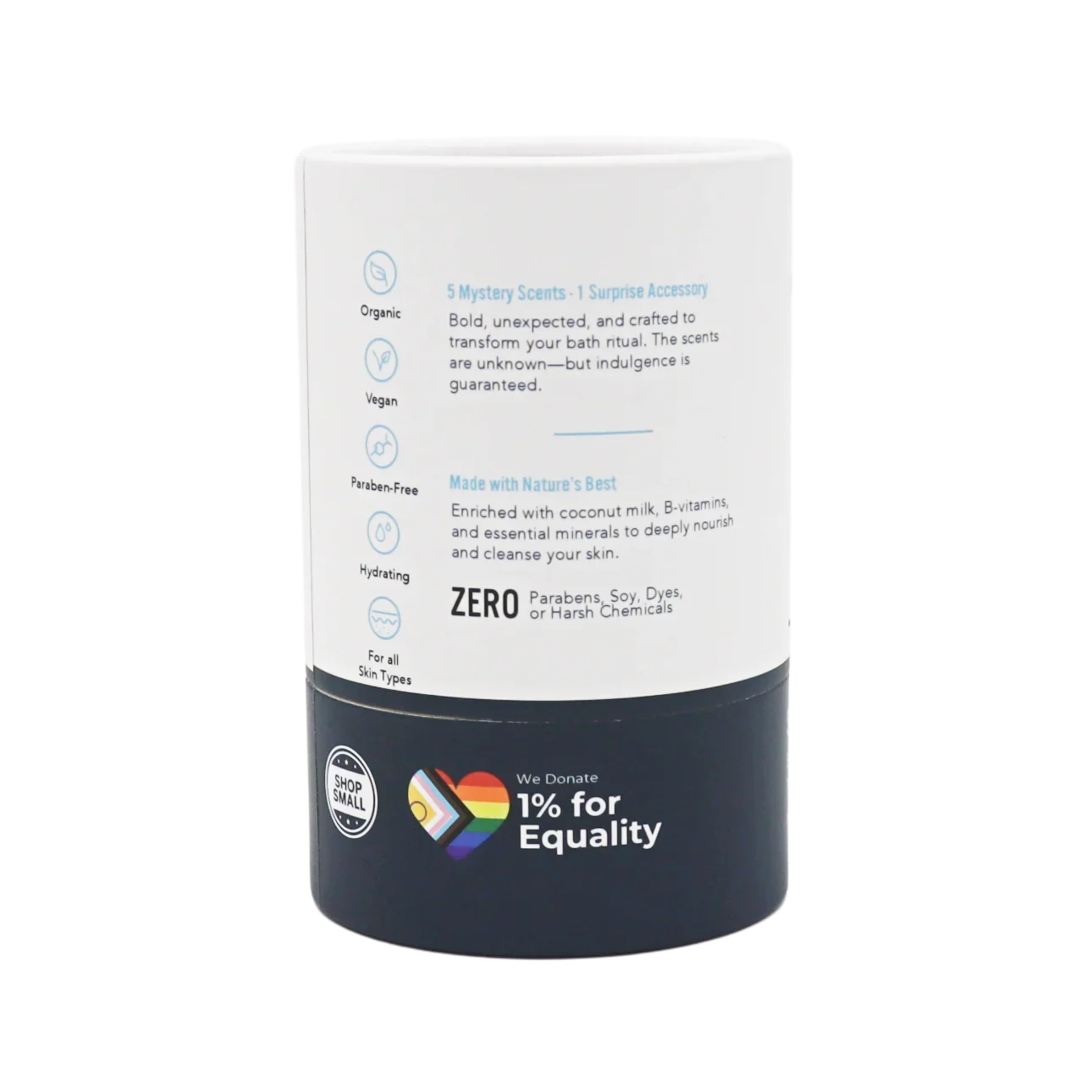Tips on selecting the best option based on skin type and needs.
The choice between using a loofah or a sponge is more than just personal preference. It affects how your skin feels during and after a bath, how effectively you can clean your body, and even the environmental impact of your daily wash.
What is a Loofah? A loofah is a natural cleansing tool made from the fibrous skeleton of the loofah plant, a type of tropical cucumber. It’s highly effective for exfoliating dead skin cells and stimulating blood circulation.
Pros of Using a Loofah:
- Natural Exfoliation: Provides a rougher texture for removing dead skin.
- Eco-Friendly: Completely biodegradable and produced from renewable resources.
- Stimulating Circulation: The rough texture helps invigorate the skin and improve circulation.
Cons of Using a Loofah:
- Hygiene Issues: Loofahs can harbor bacteria if not dried properly.
- Shorter Lifespan: Natural loofahs break down faster and need to be replaced regularly.
- Not Suitable for Sensitive Skin: The rough texture can be too harsh for sensitive skin types.
What is a Sponge? Sponges can be either synthetic or natural (like sea sponges). They are soft and absorbent, making them ideal for gentle cleansing and holding soap lather.
Pros of Using a Sponge:
- Gentle on Skin: Softer texture is suitable for sensitive skin.
- Versatile: Available in various shapes and sizes for different uses.
- Easy Maintenance: Synthetic sponges are easy to clean and dry.
Cons of Using a Sponge:
- Environmental Impact: Synthetic sponges are not biodegradable.
- Durability: Some sponges can break apart or degrade quickly.
- Bacterial Growth: Like loofahs, if not maintained properly, sponges can become a breeding ground for bacteria.
Conclusion: Which Should You Choose? The choice between a loofah and a sponge largely depends on your personal skin care needs and environmental values. If you’re looking for deep exfoliation and a stimulating massage, a loofah might be best. For those with sensitive skin or who prefer a gentler wash, a sponge is likely more appropriate.
Remember, whichever you choose, it’s important to replace these tools regularly to prevent bacterial buildup and ensure a hygienic bath experience. So, take your pick, and let the bubbles rise!






